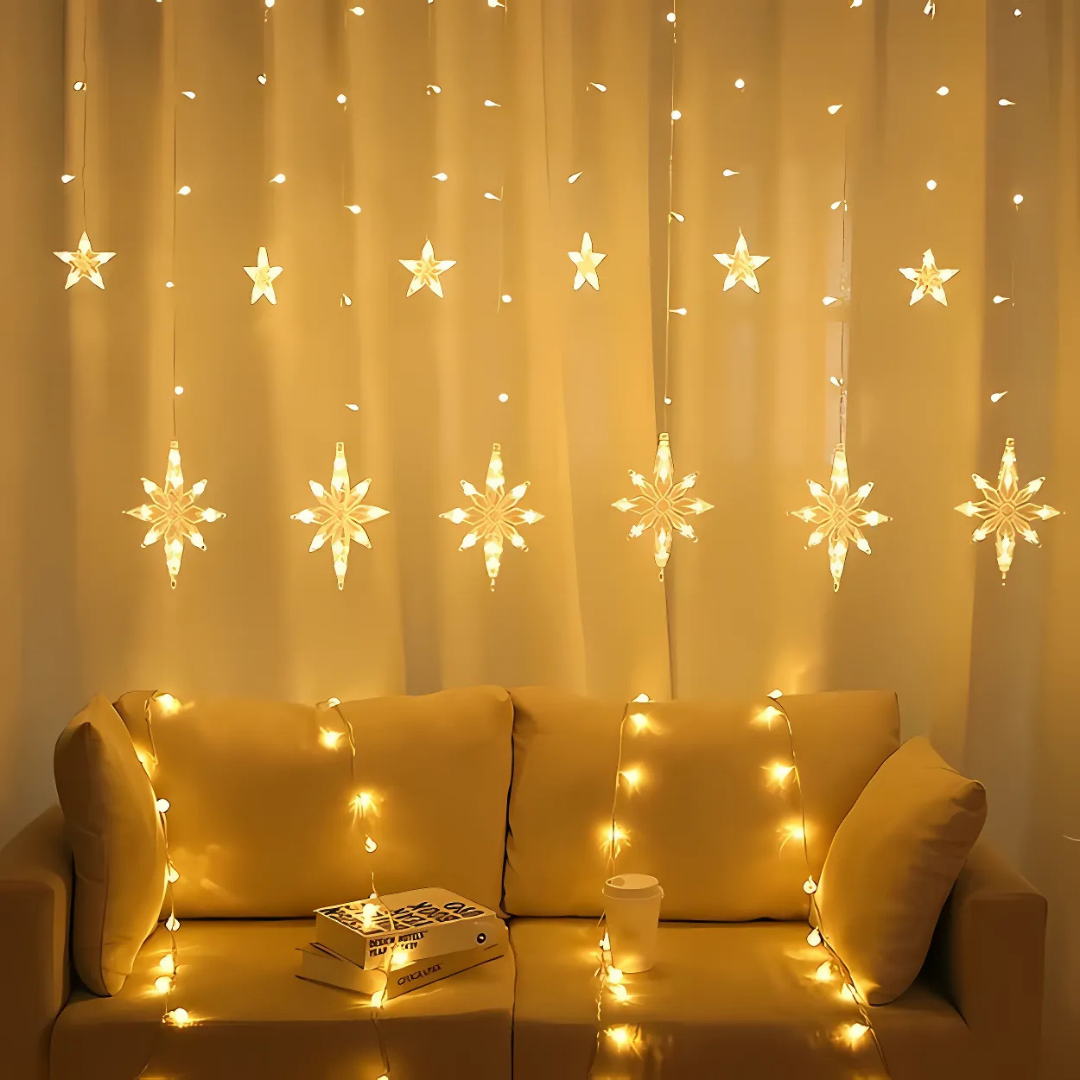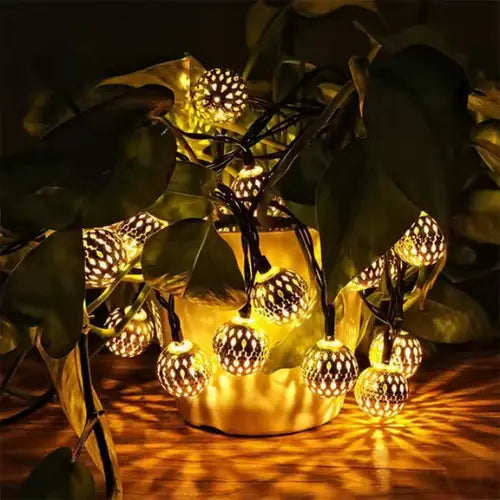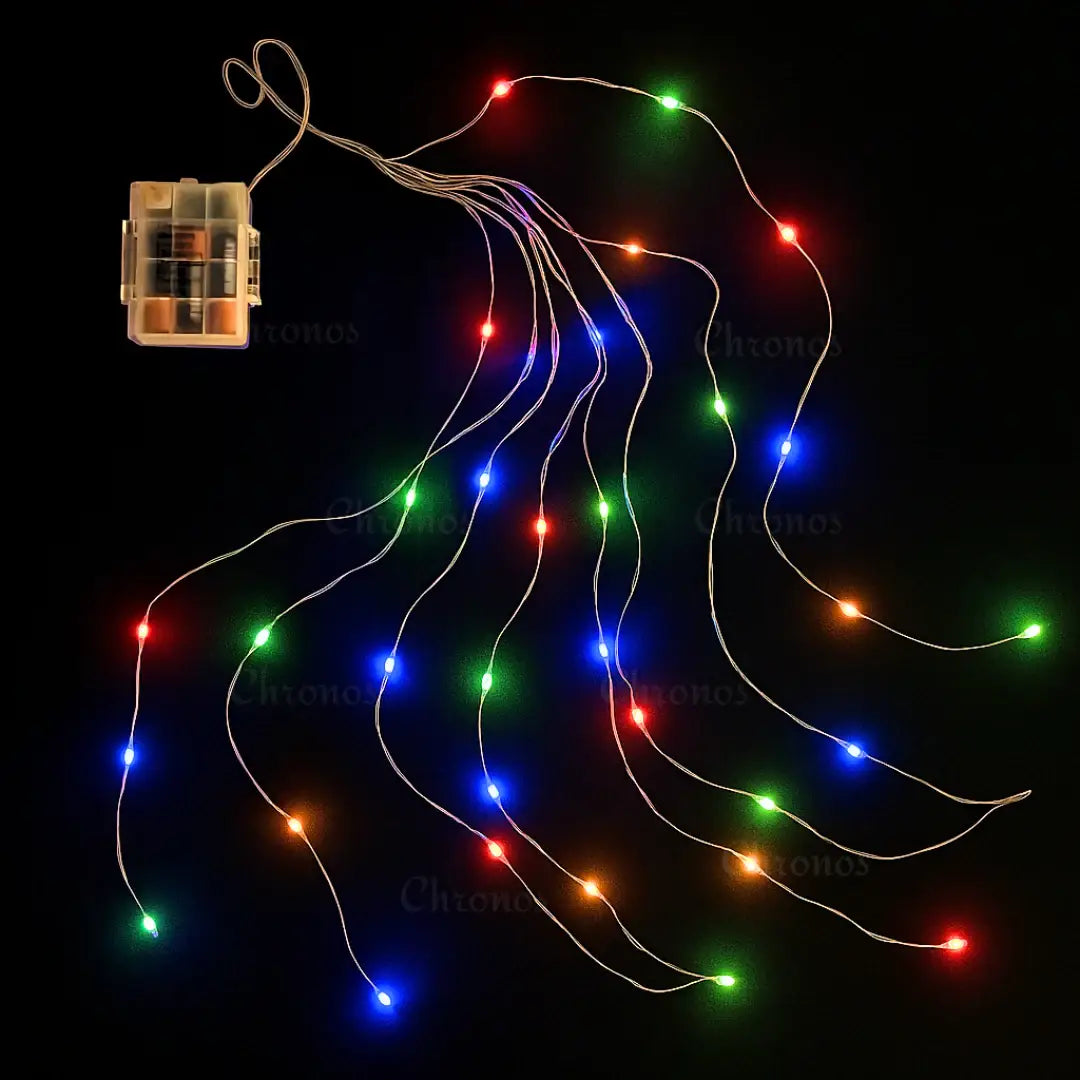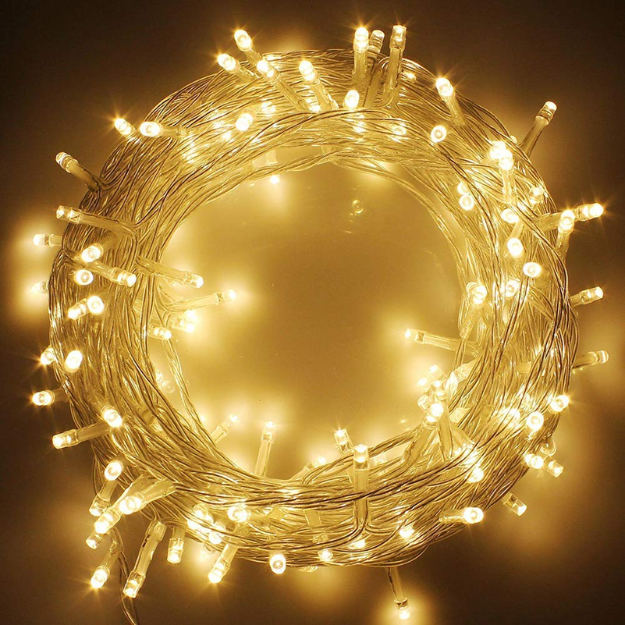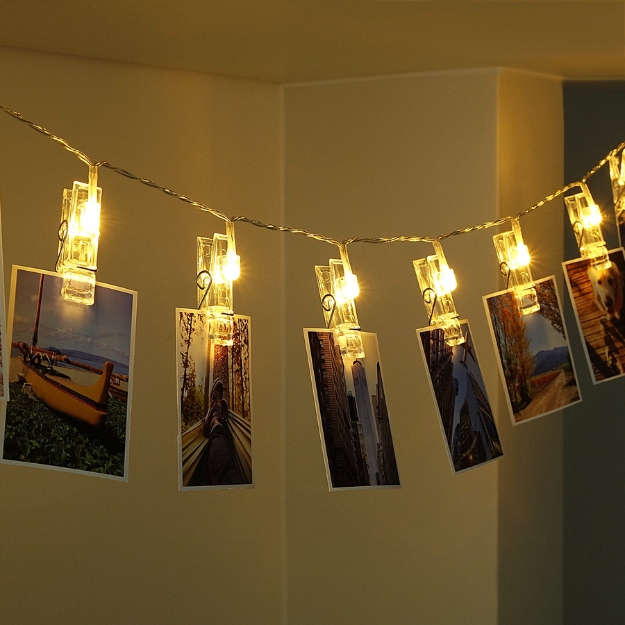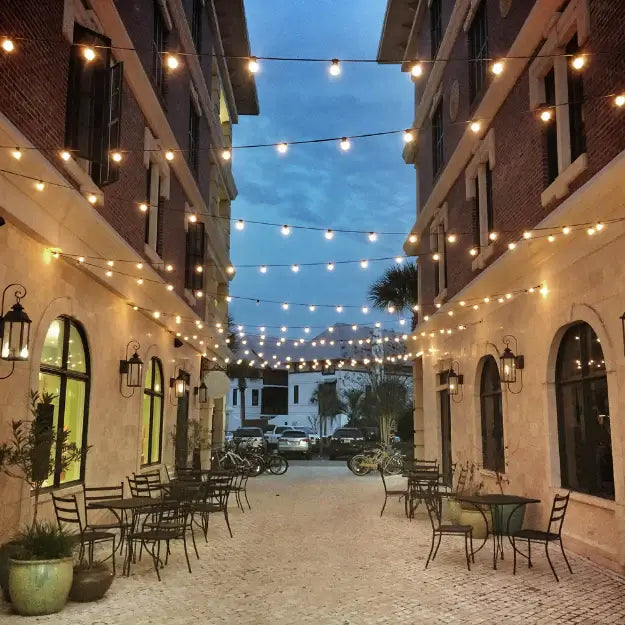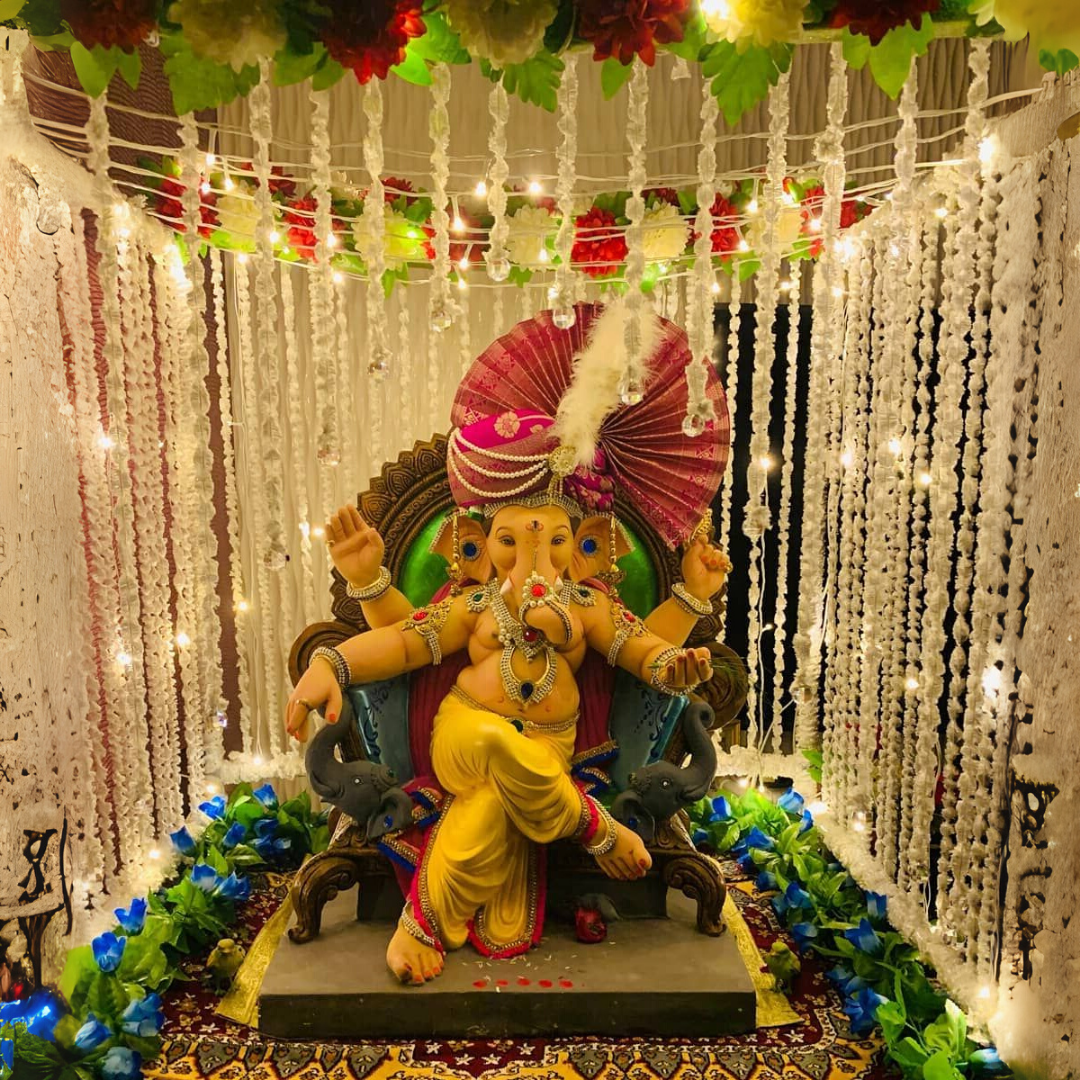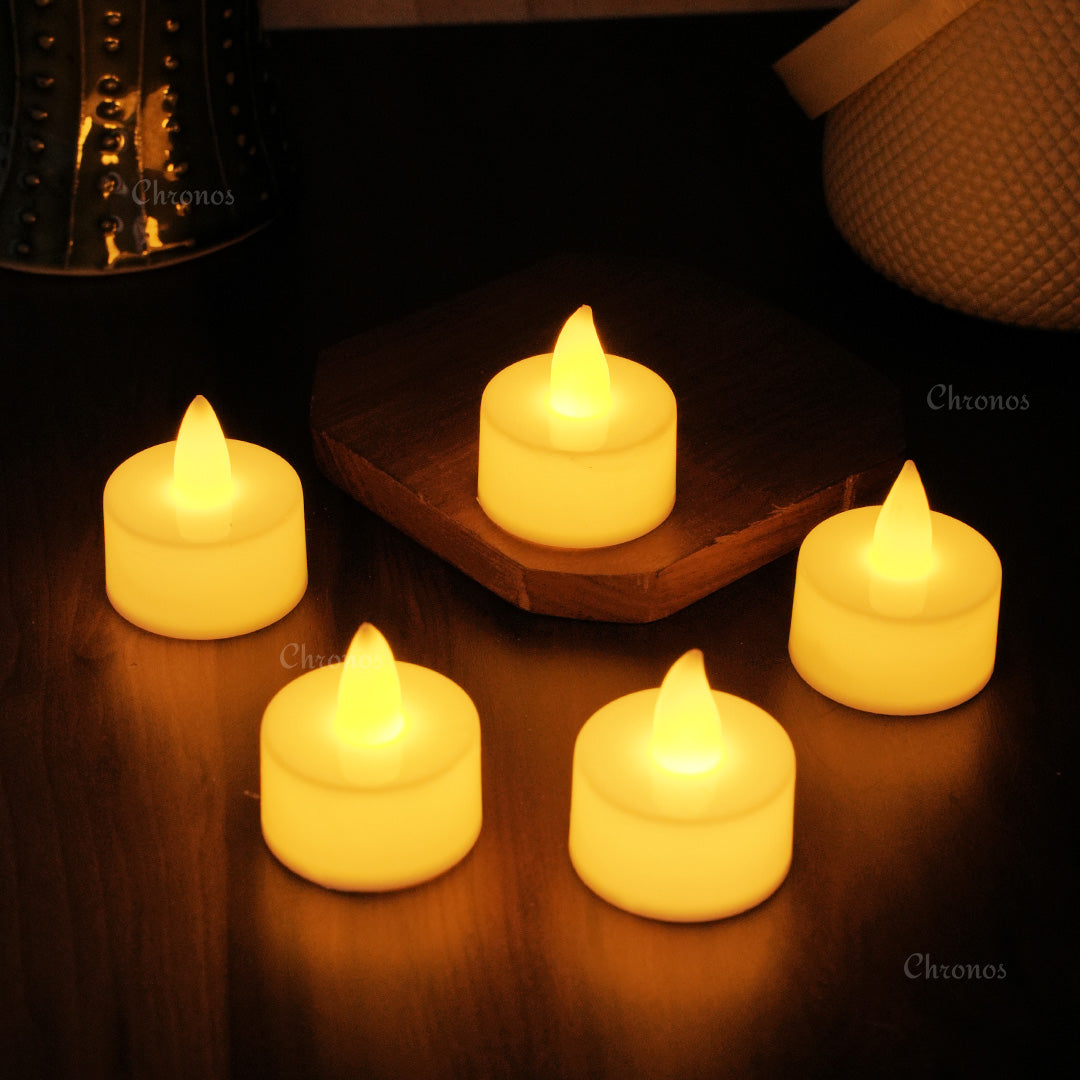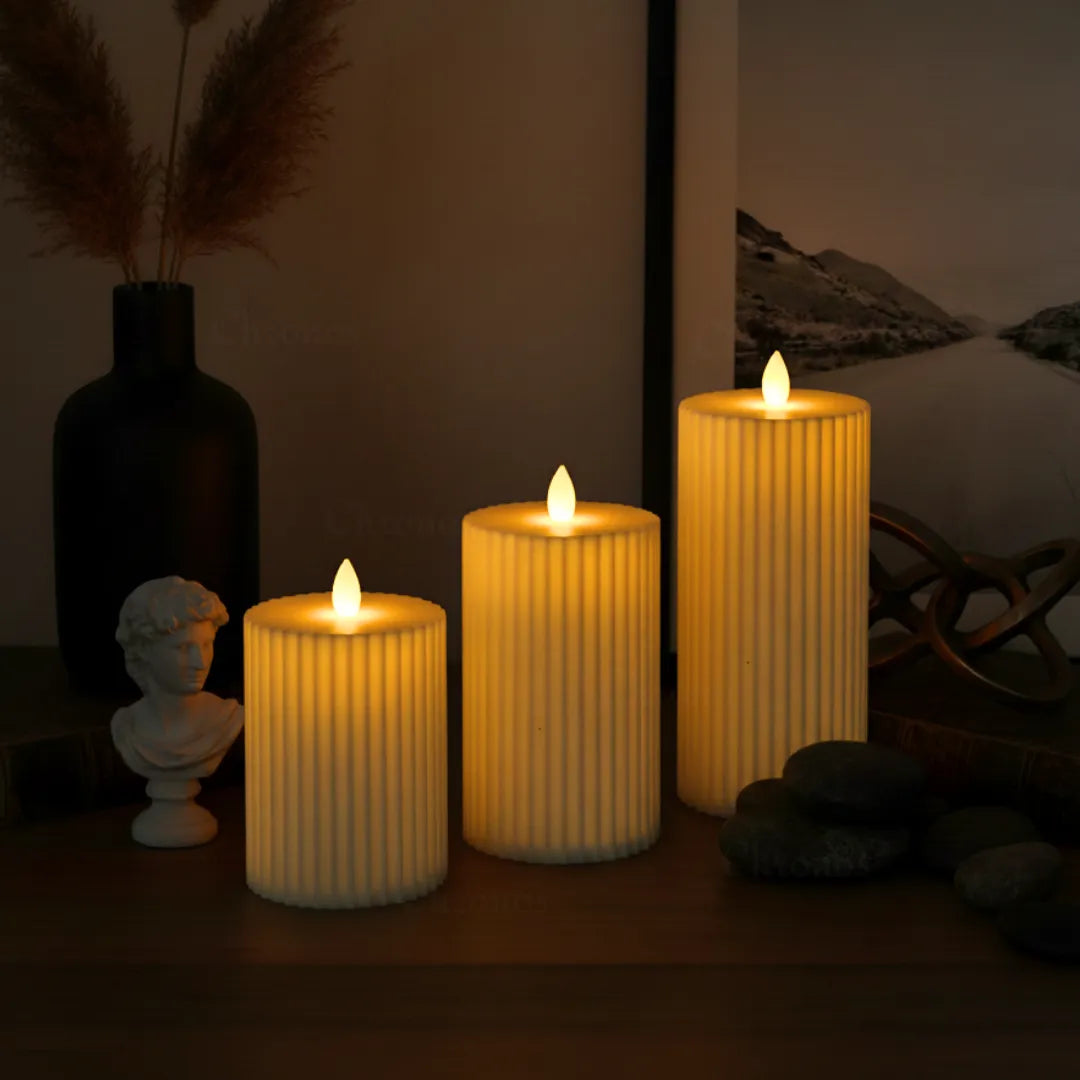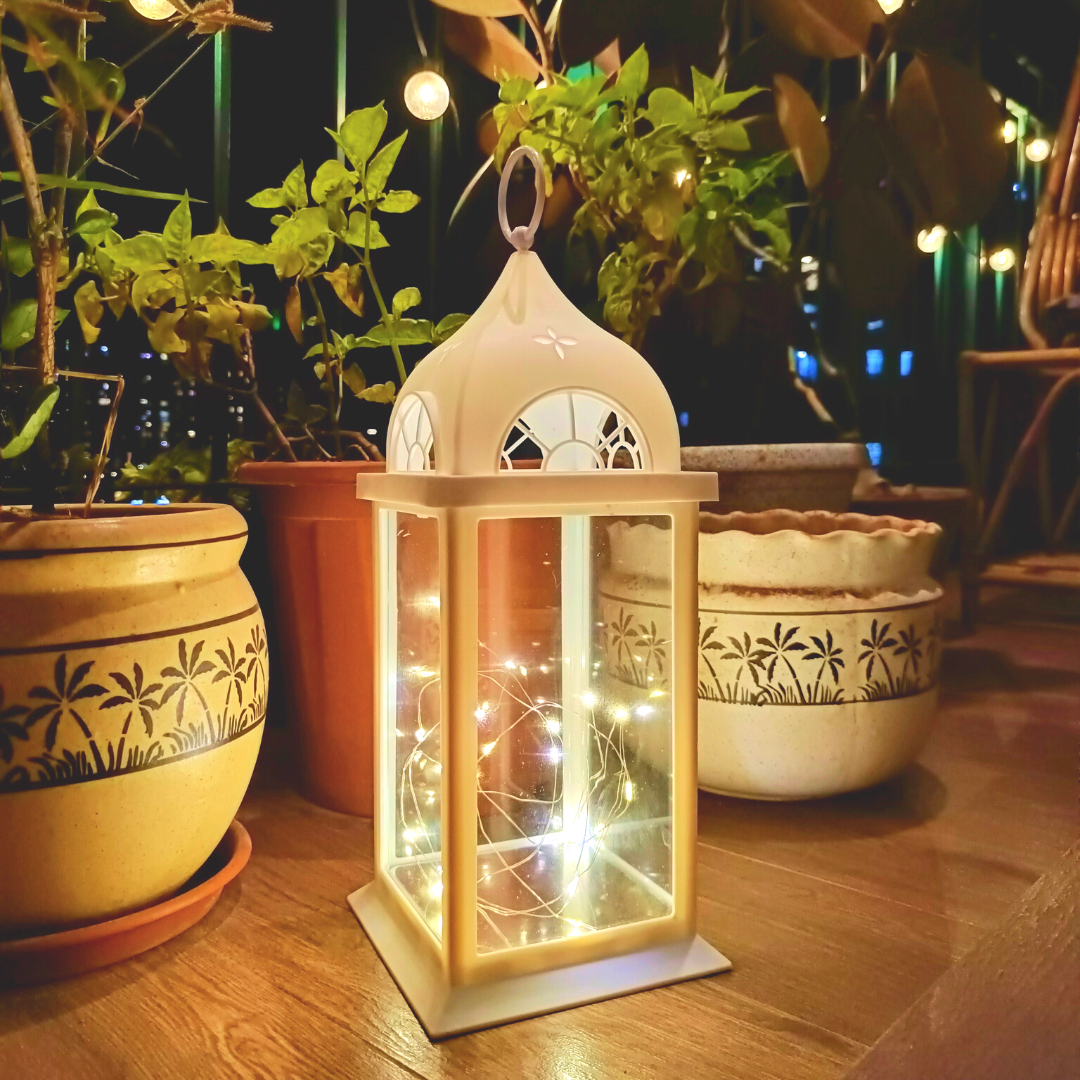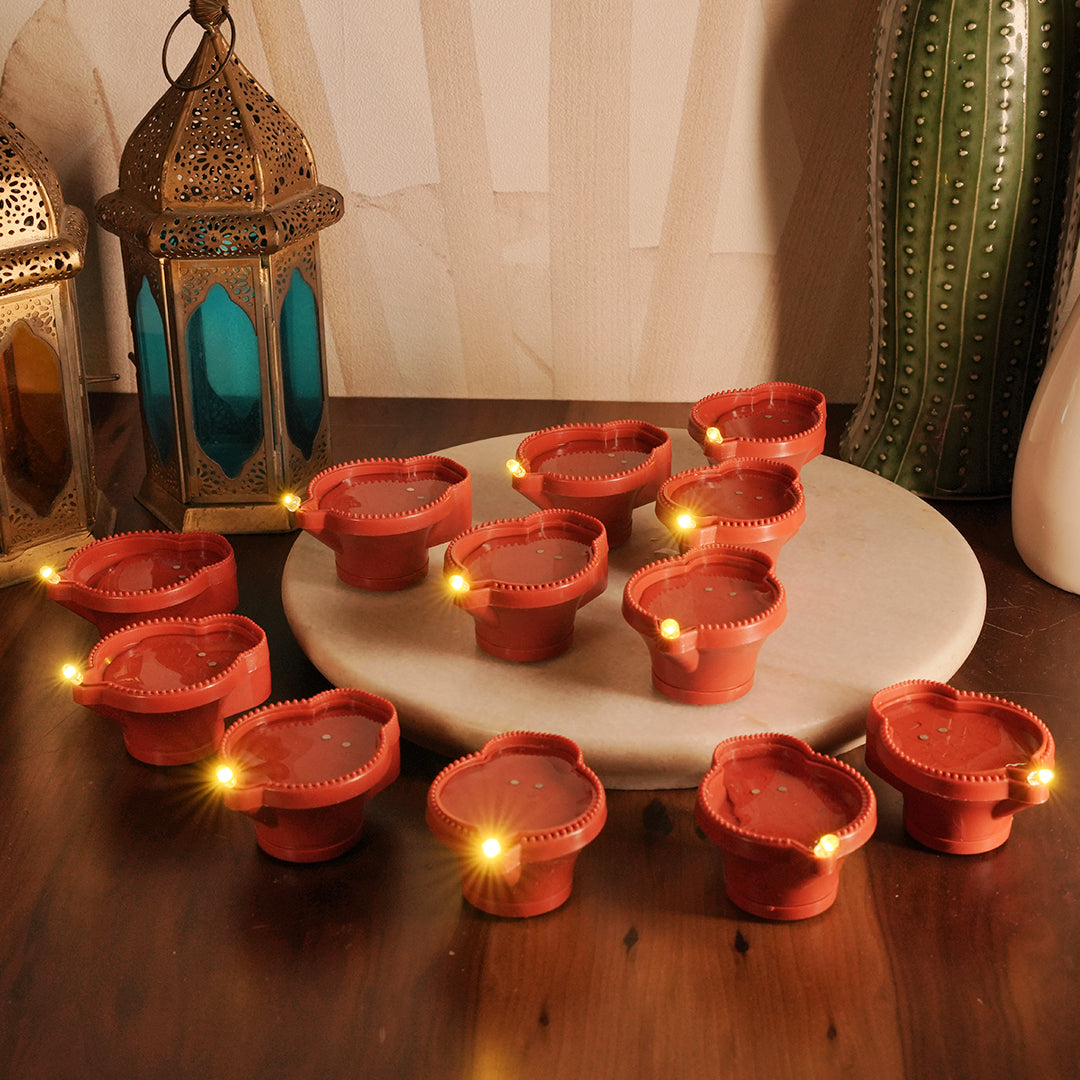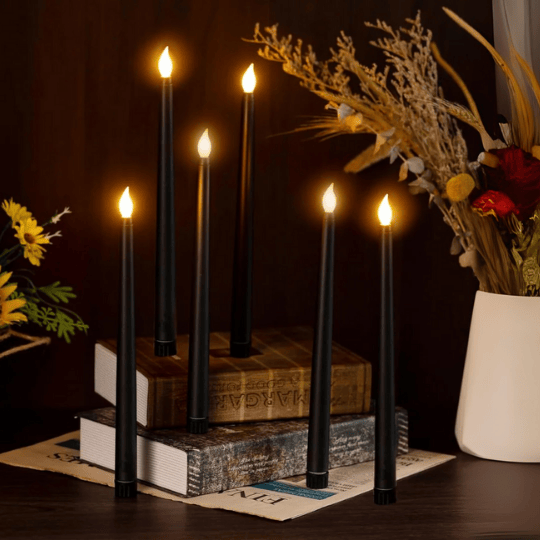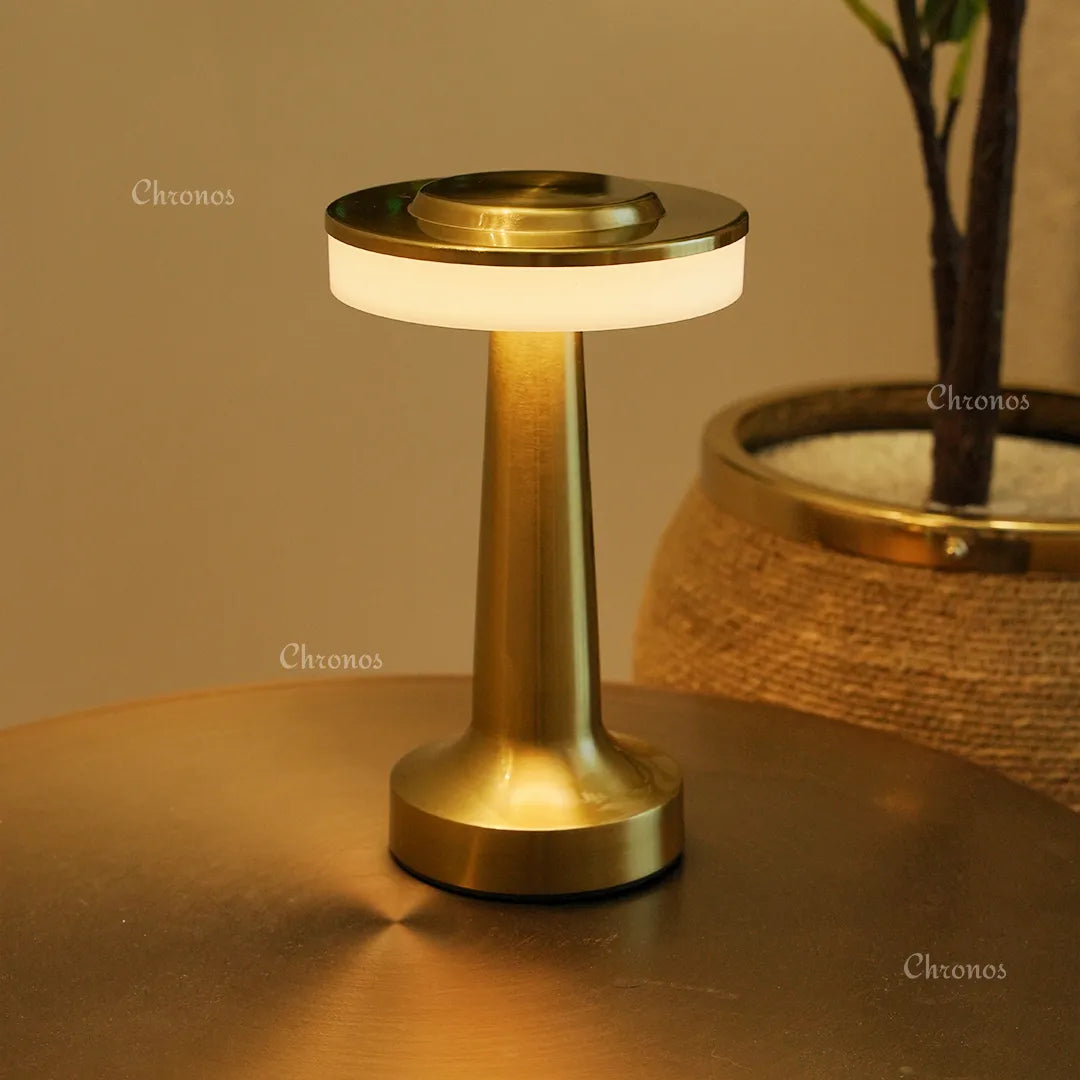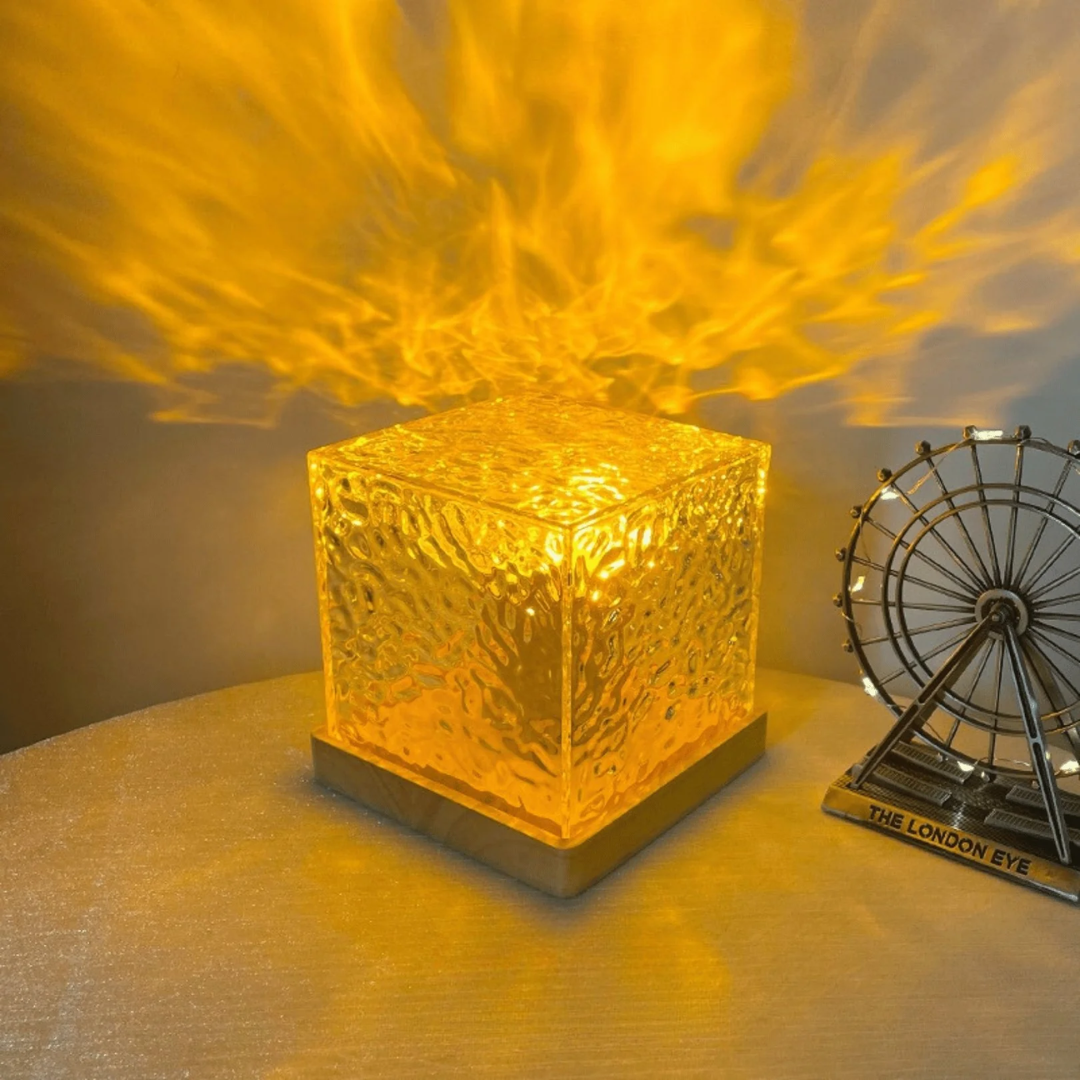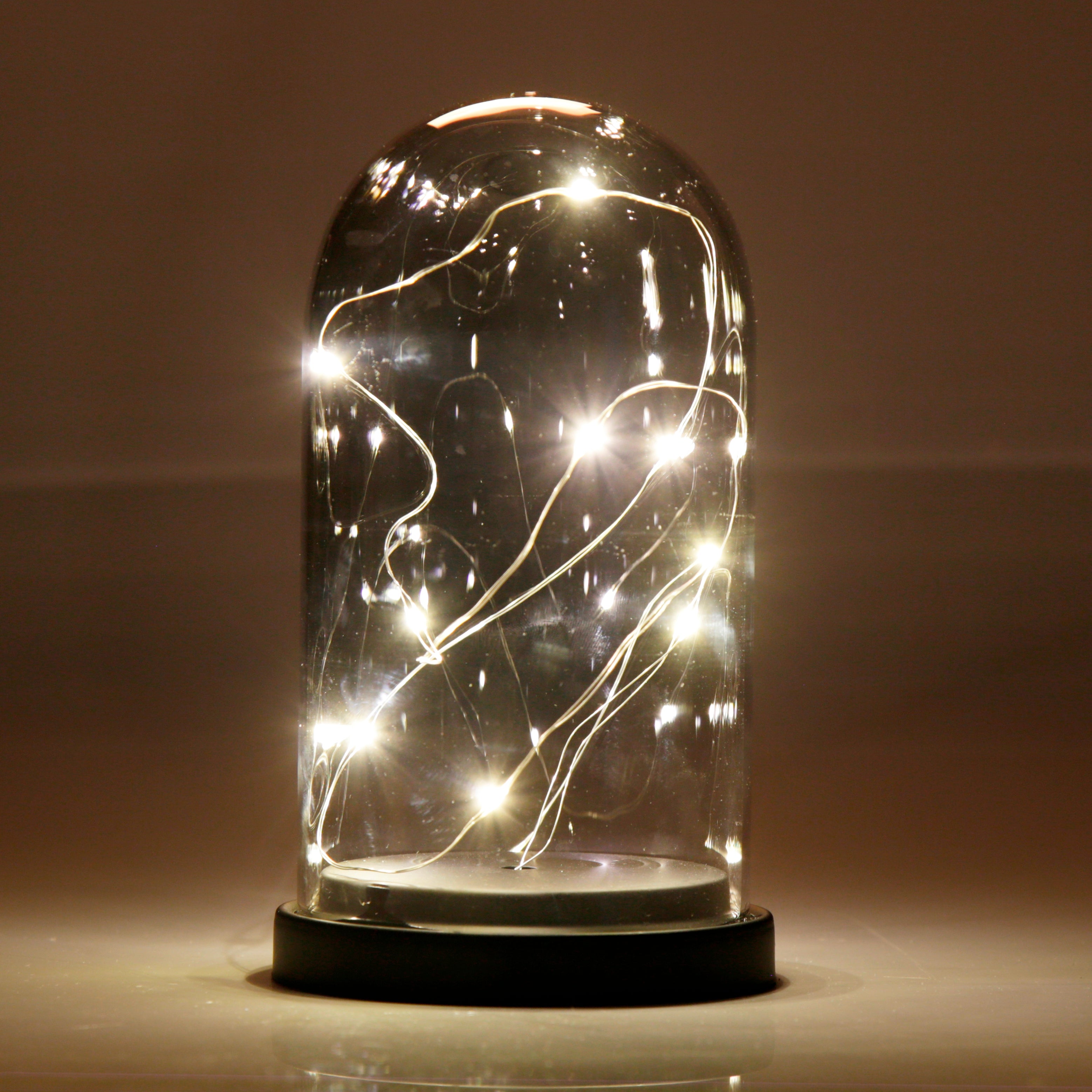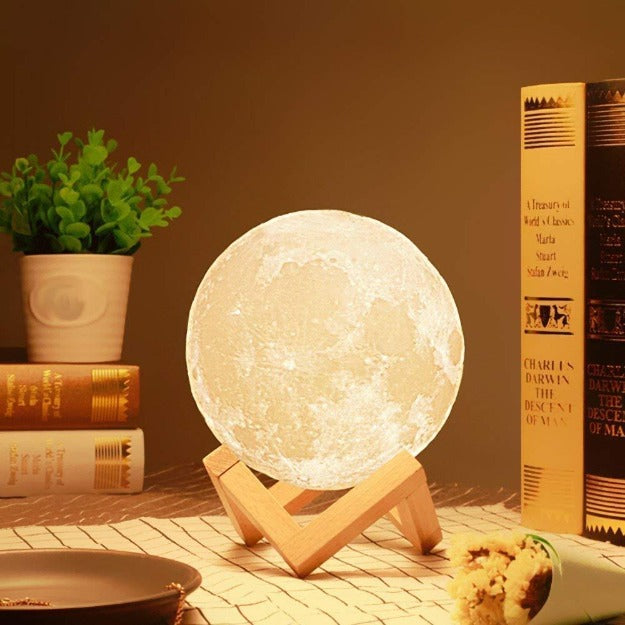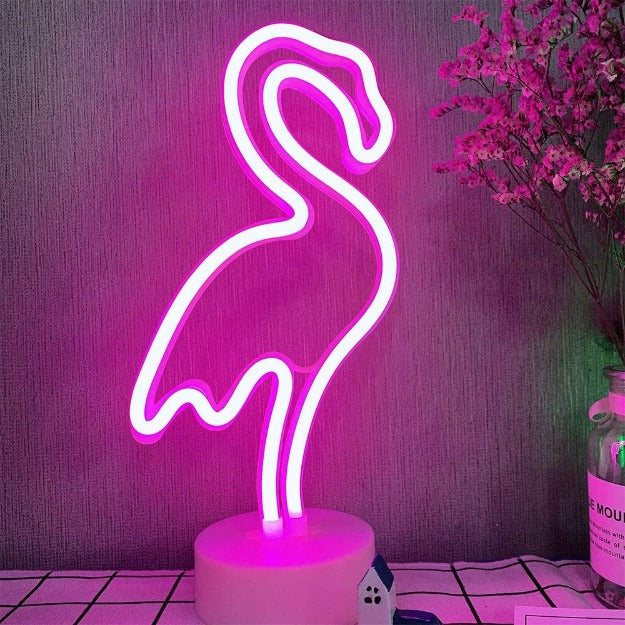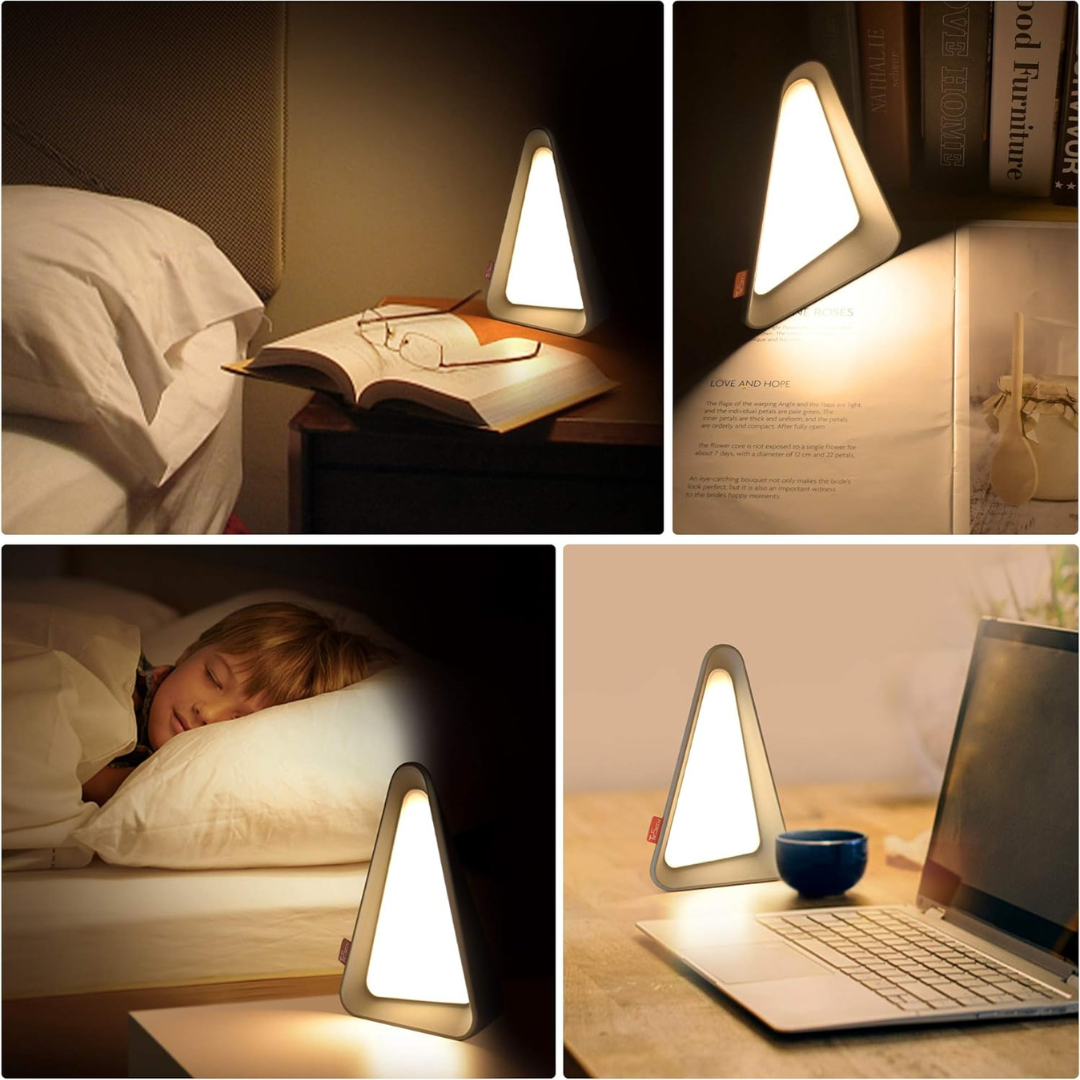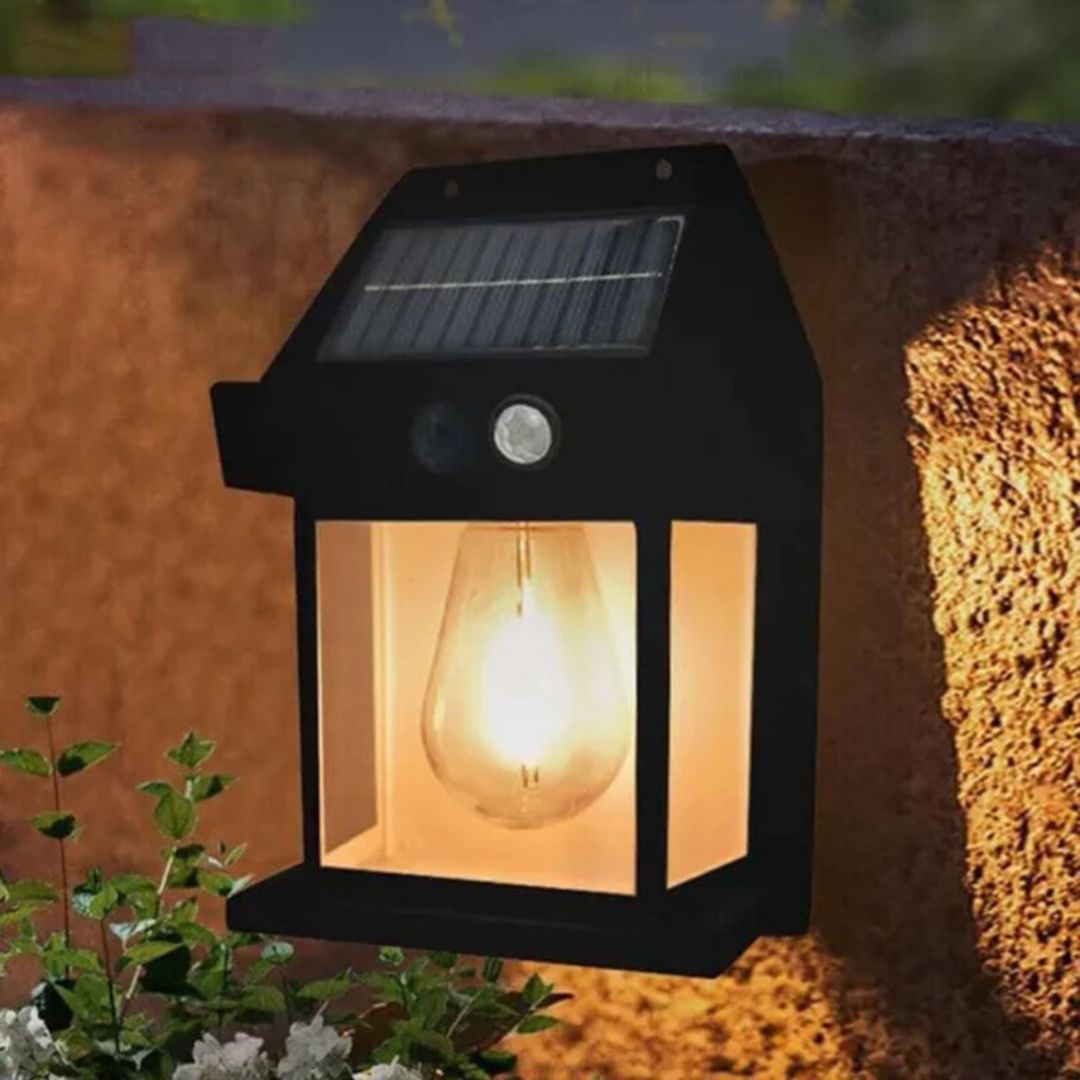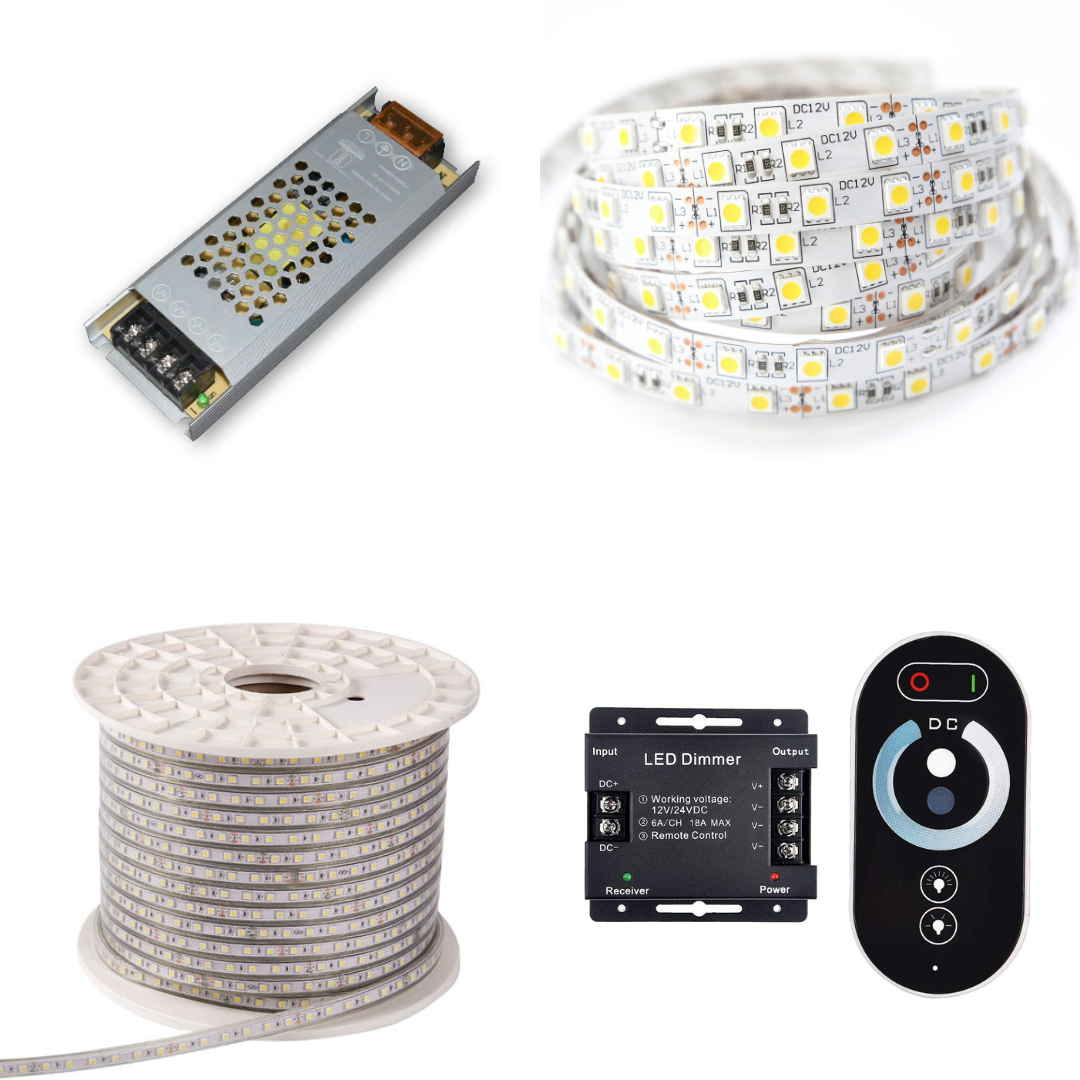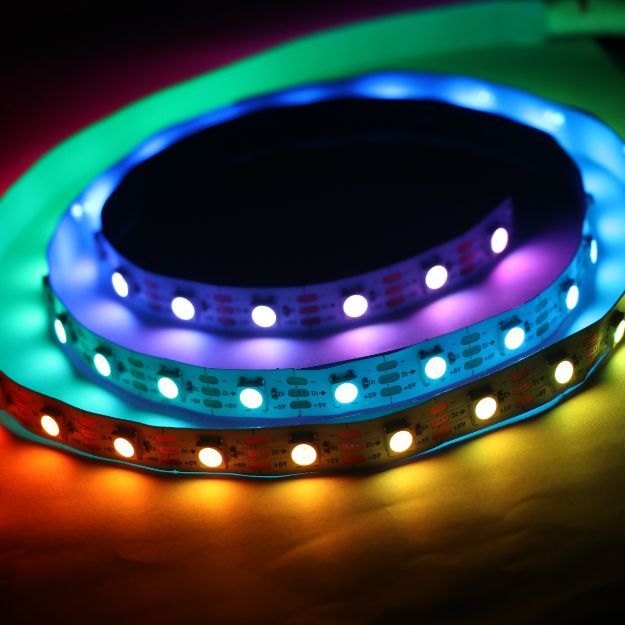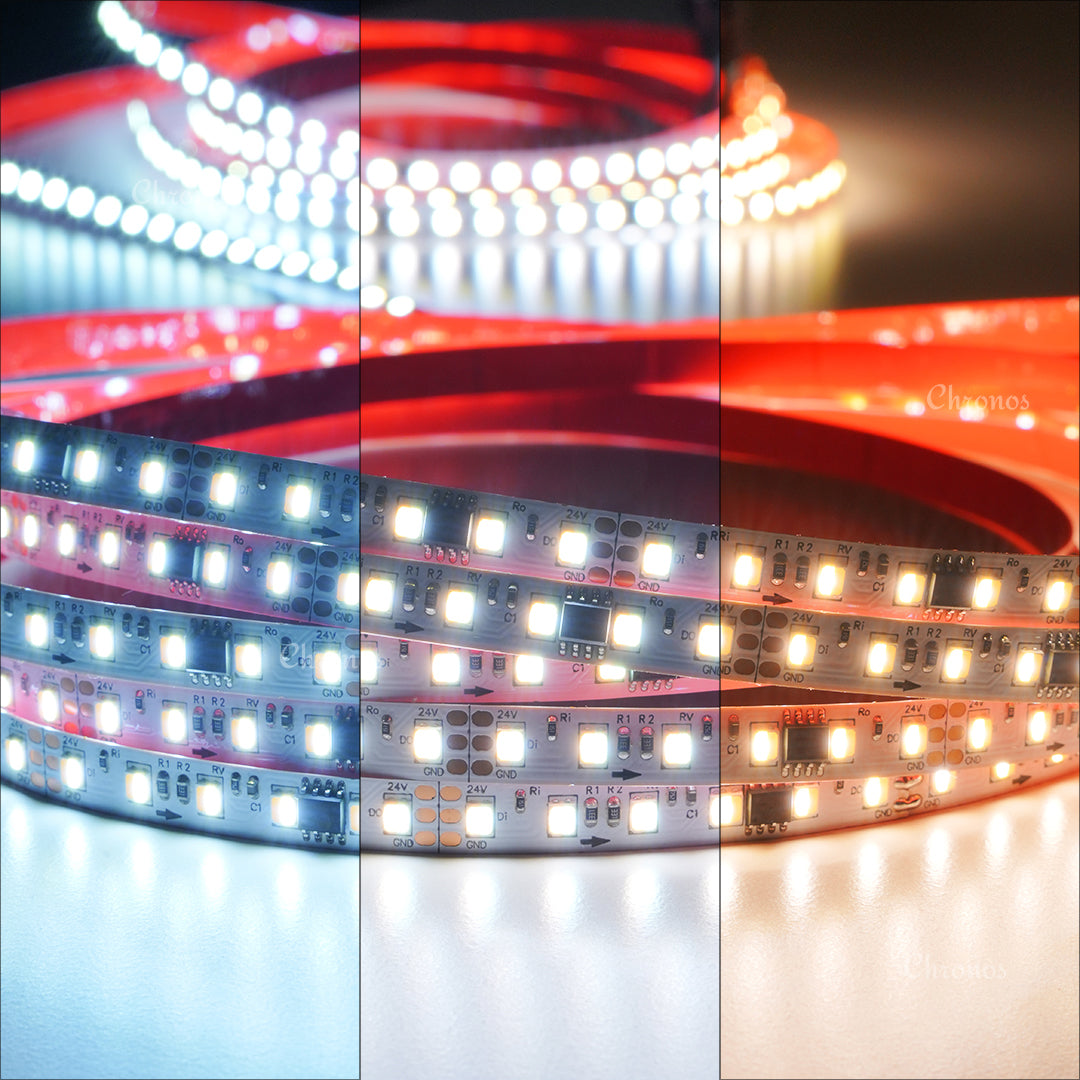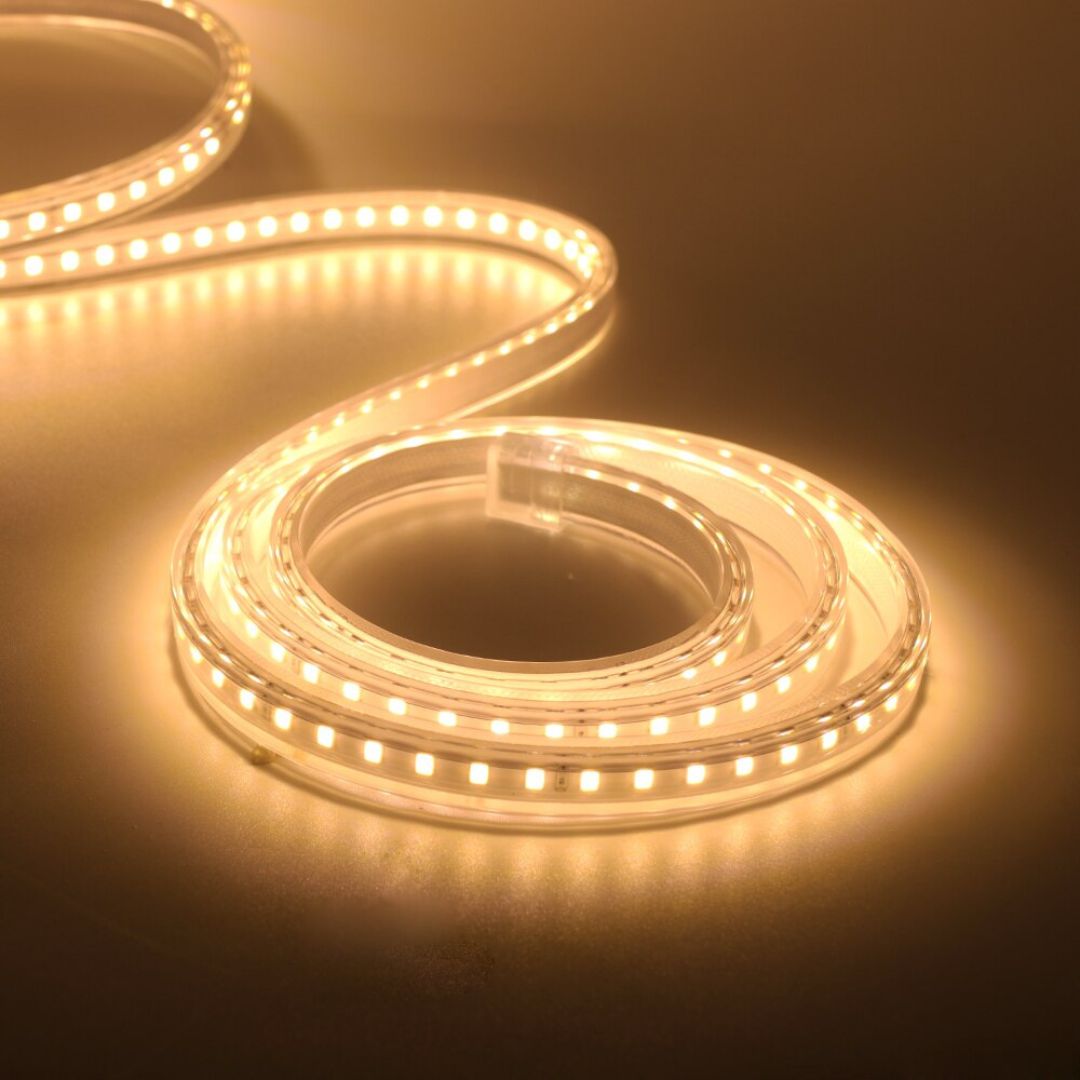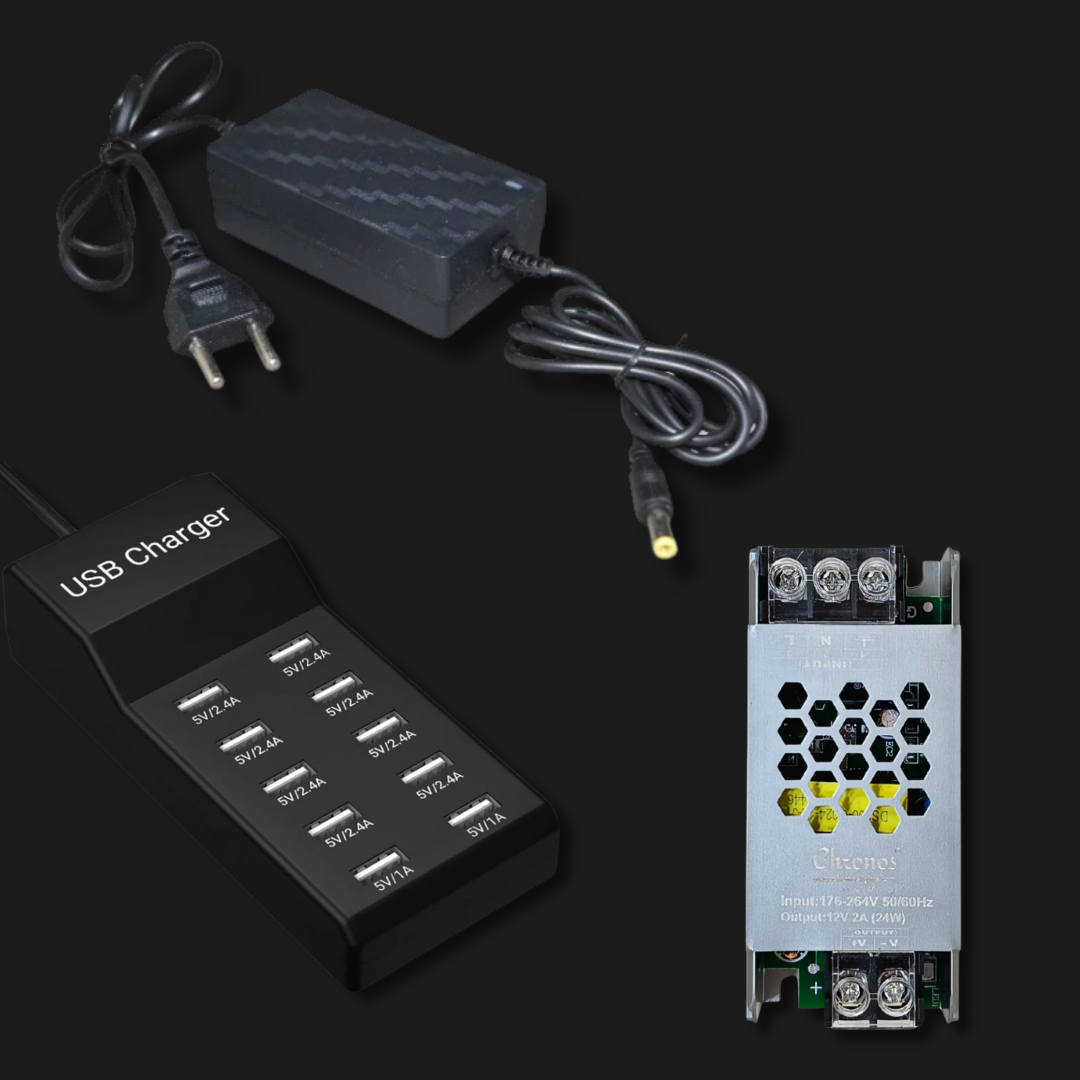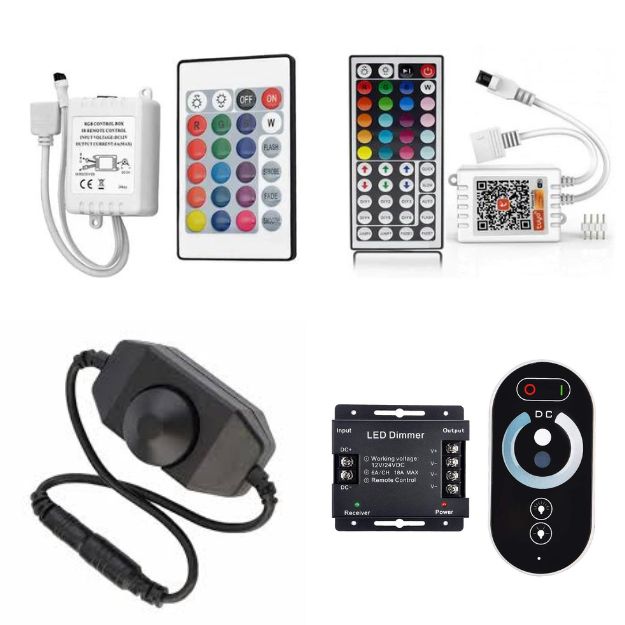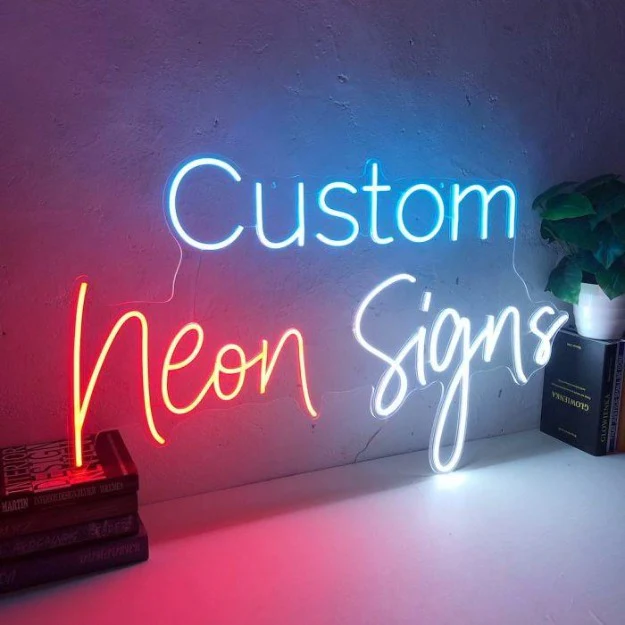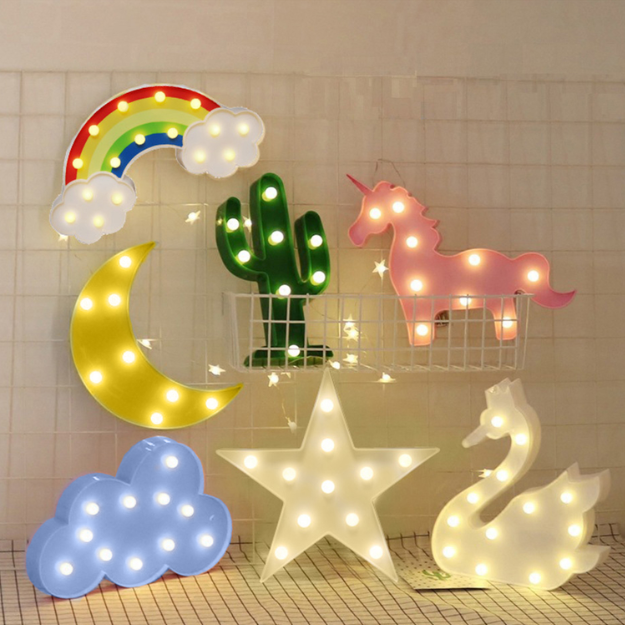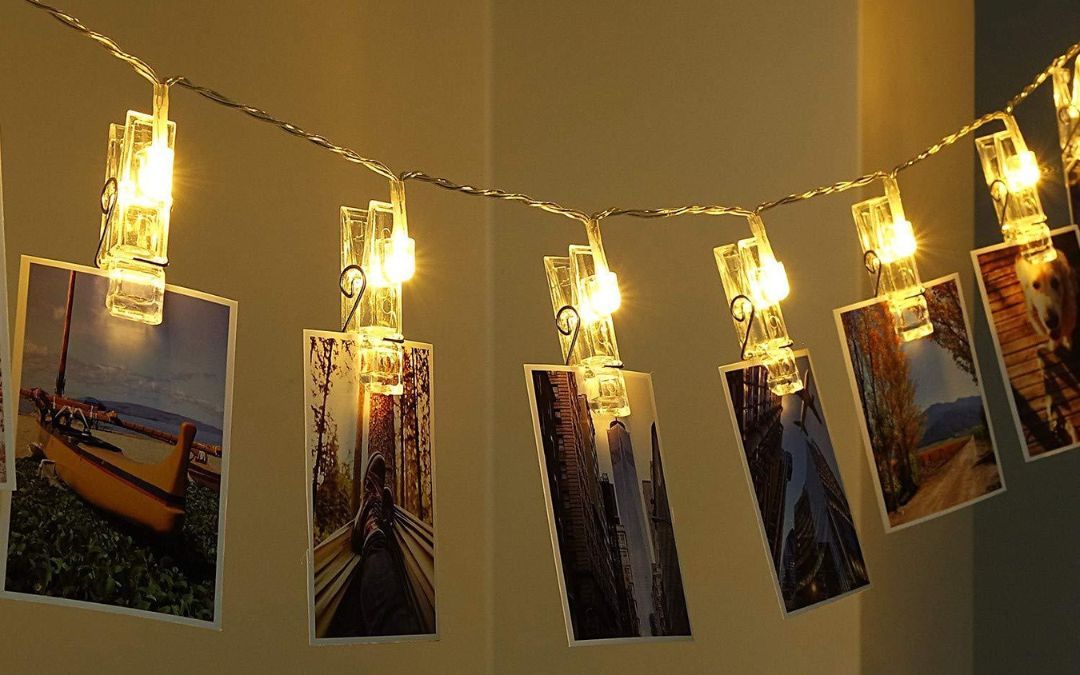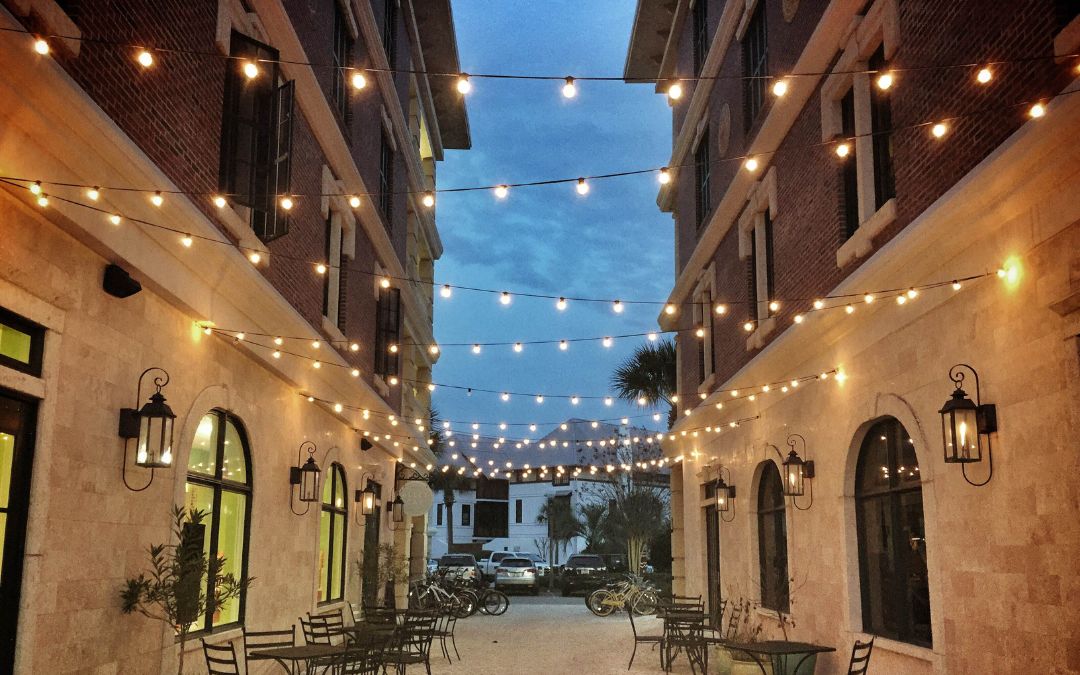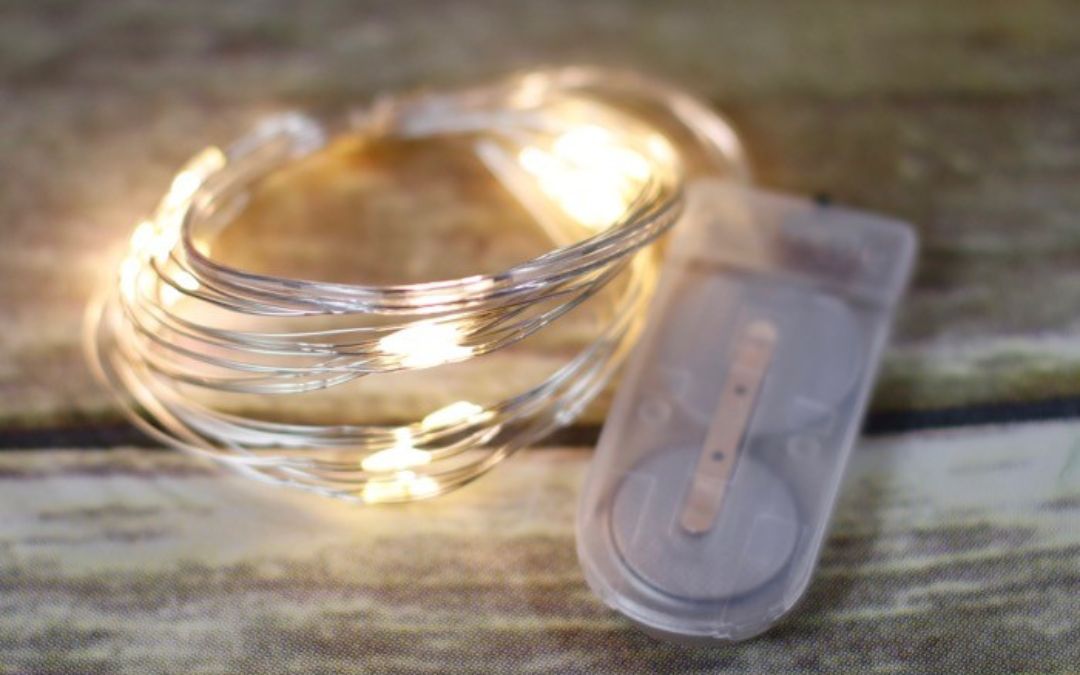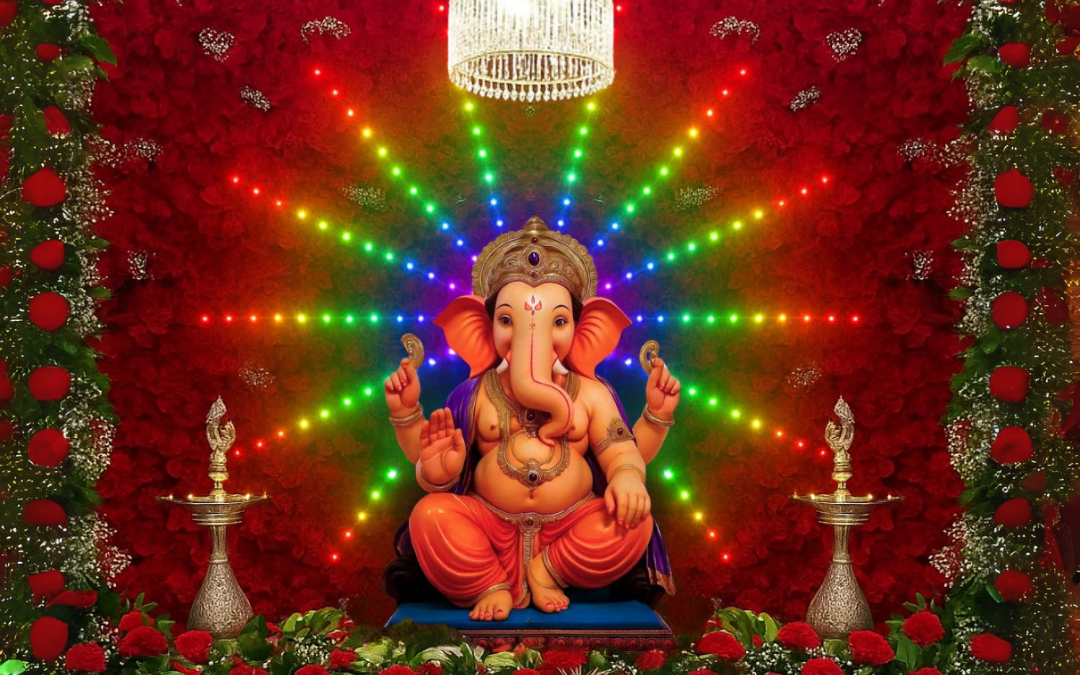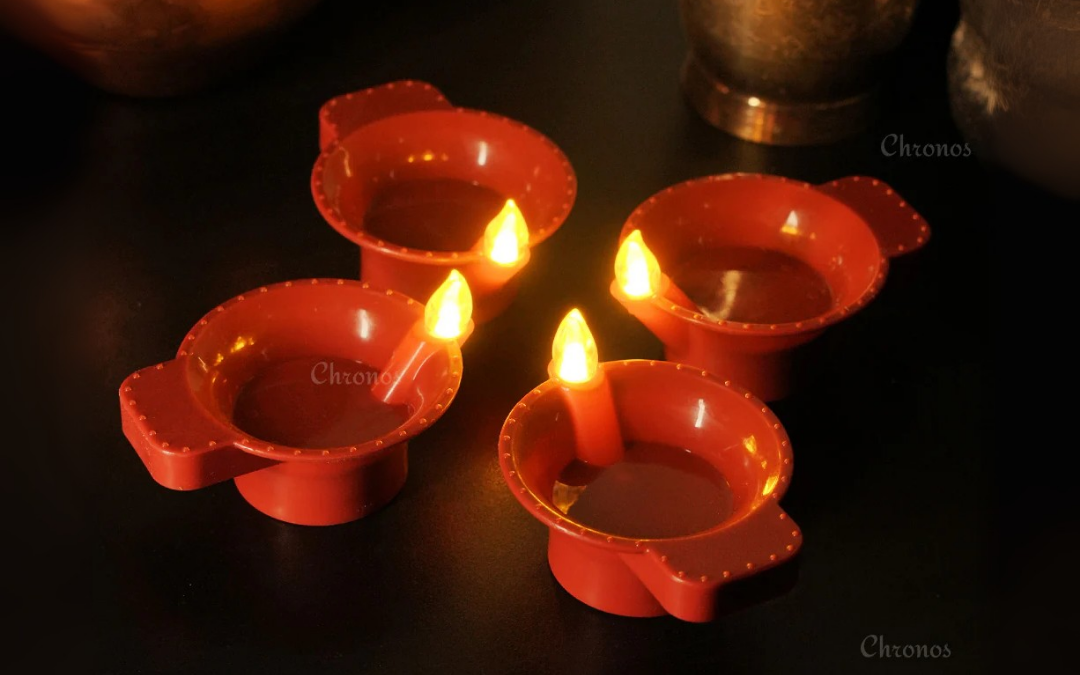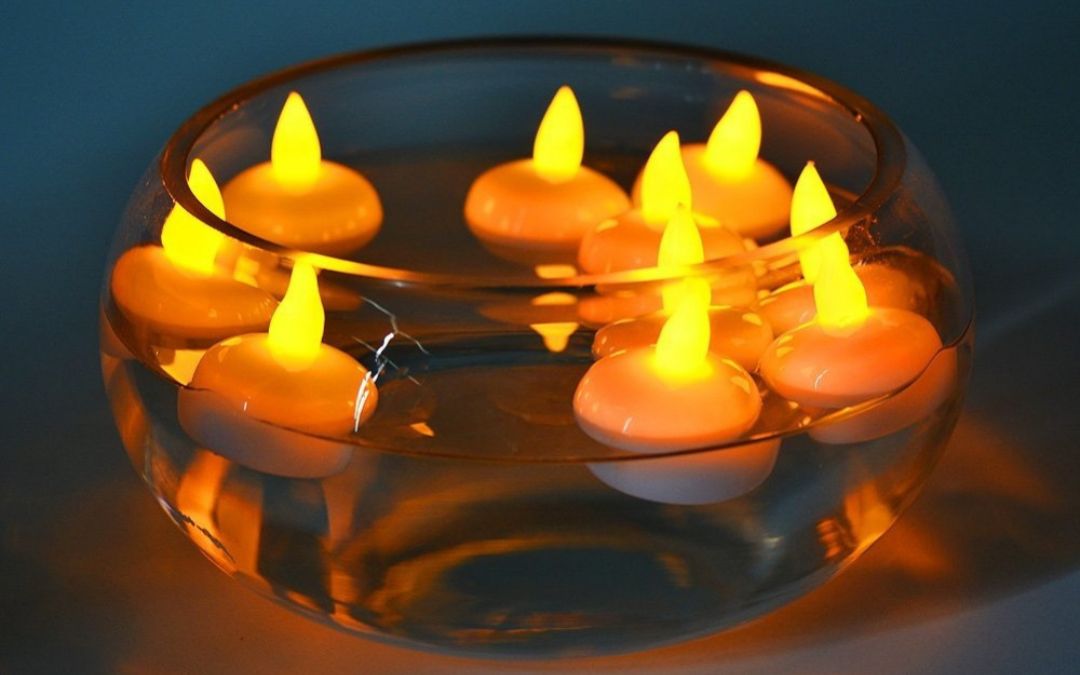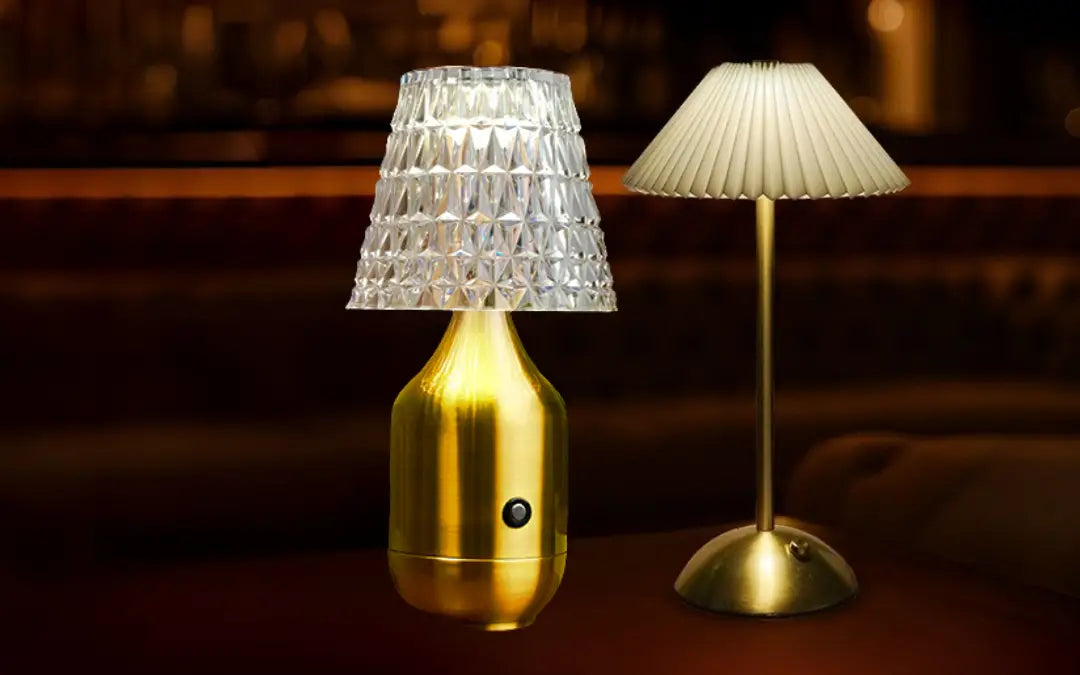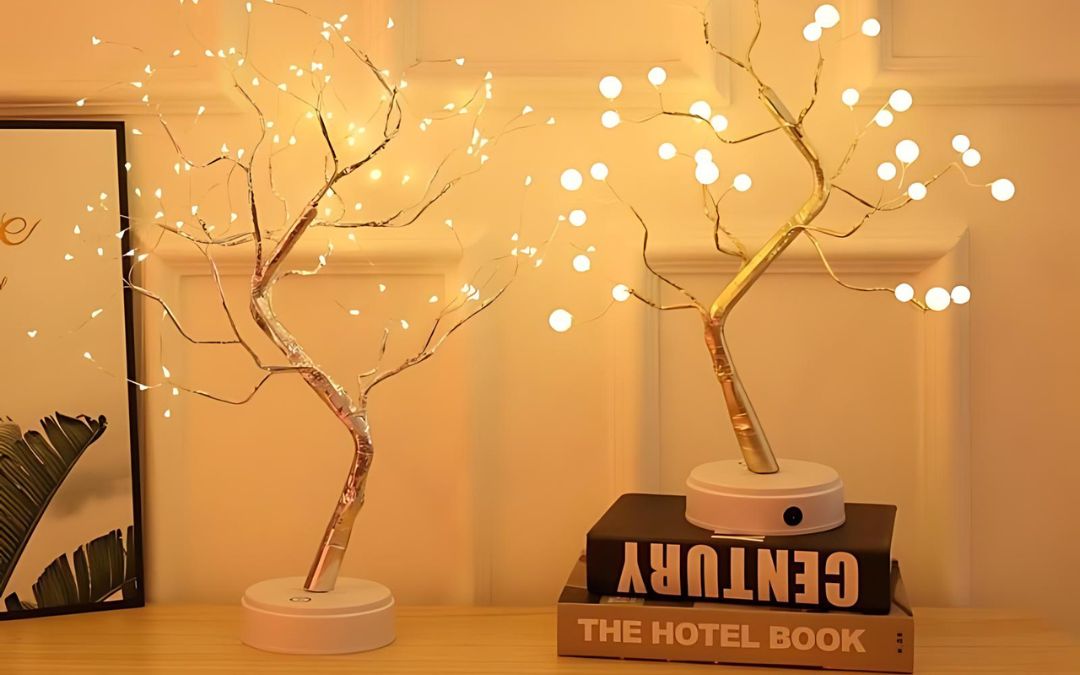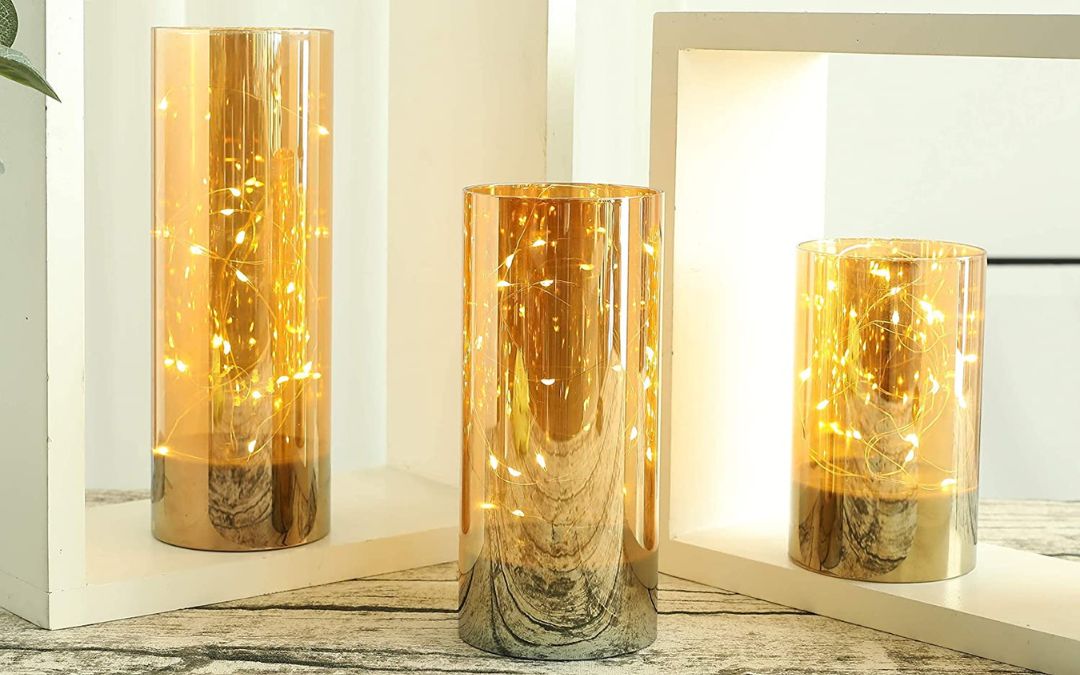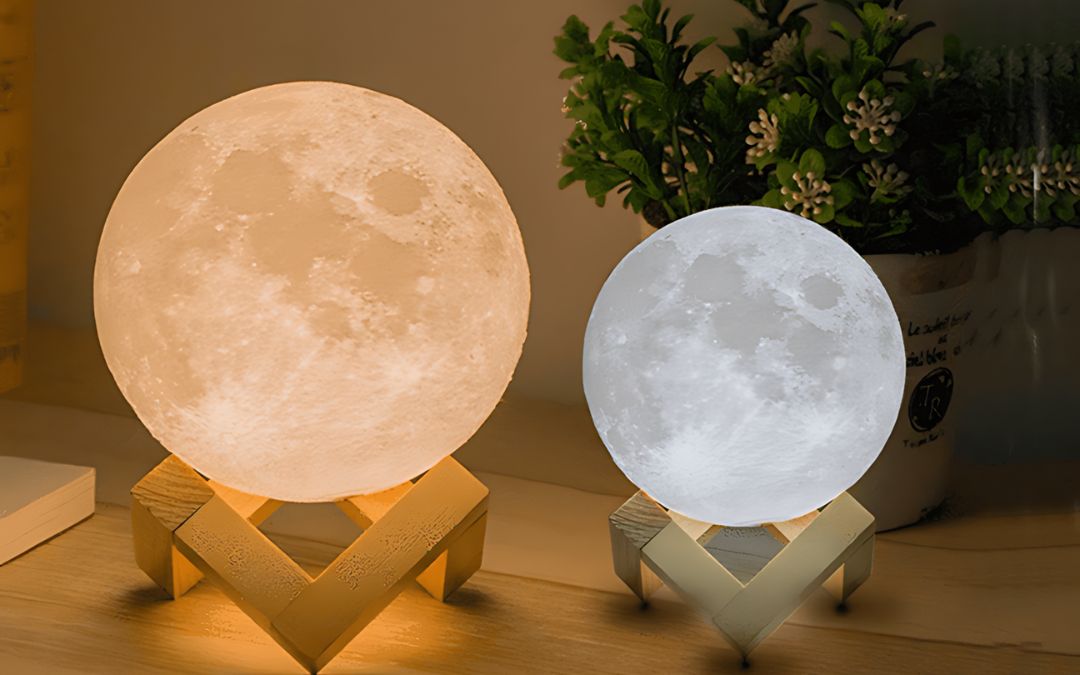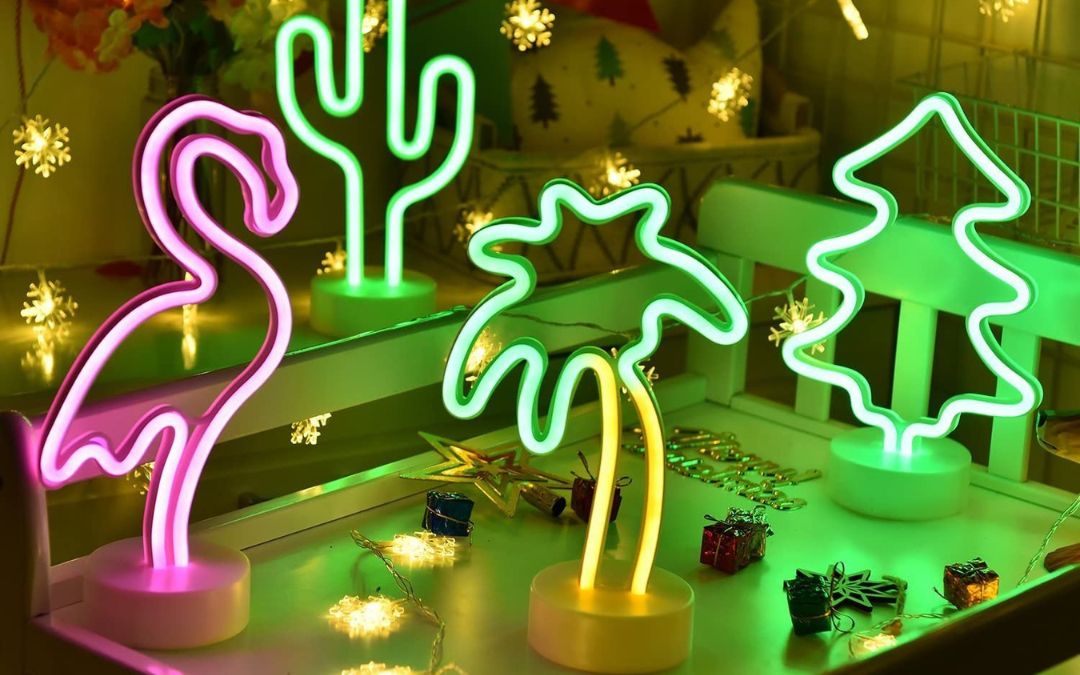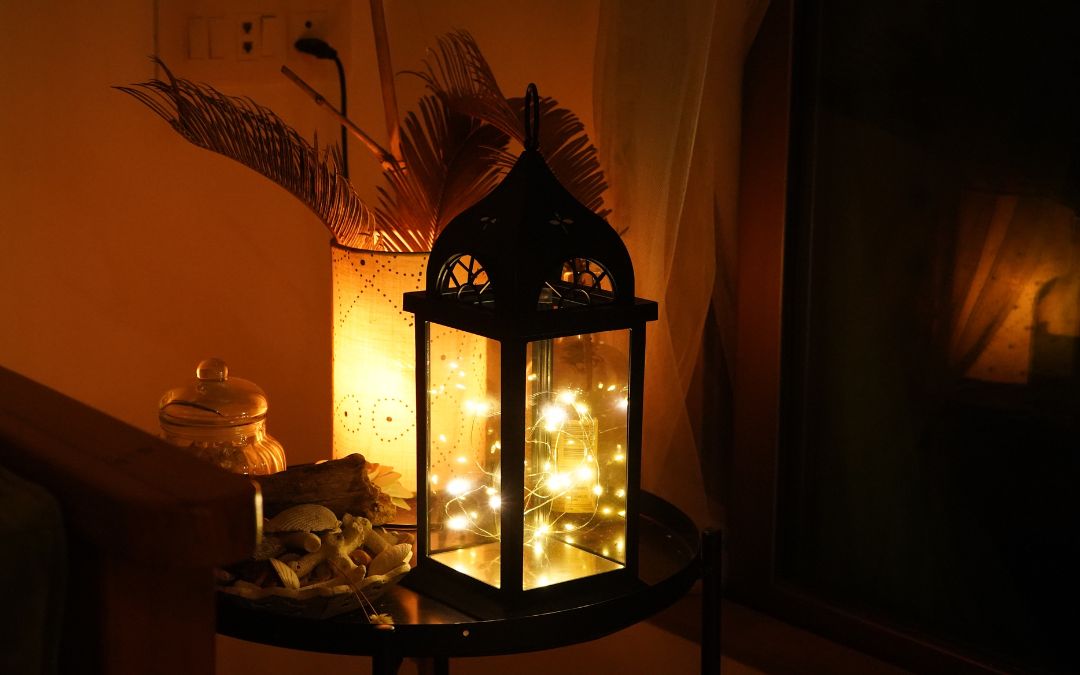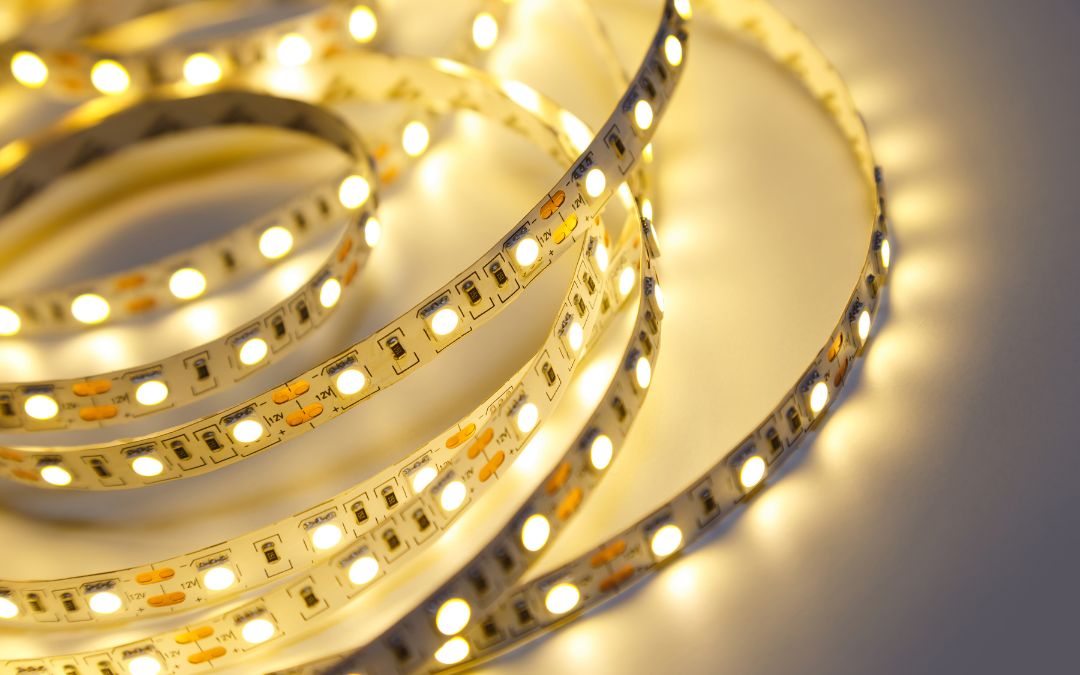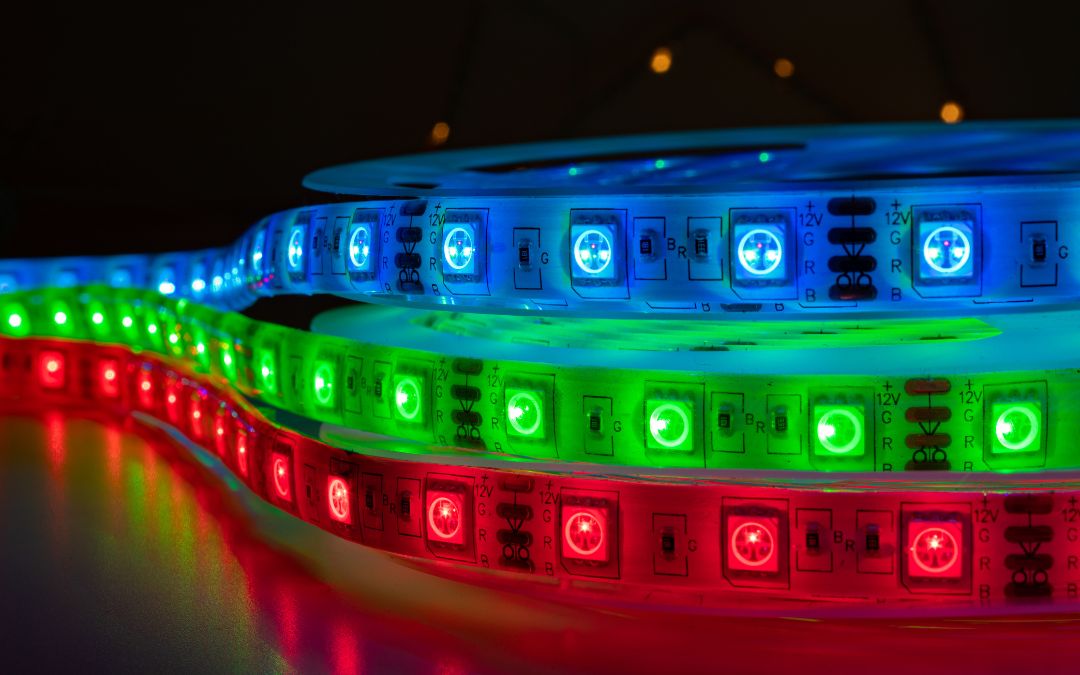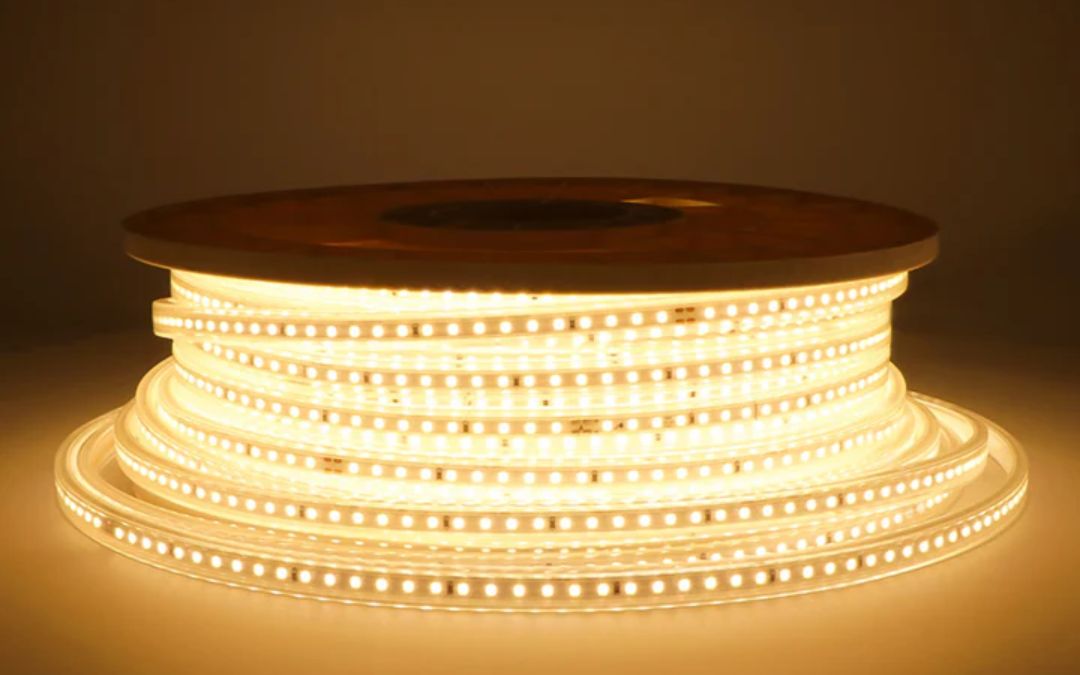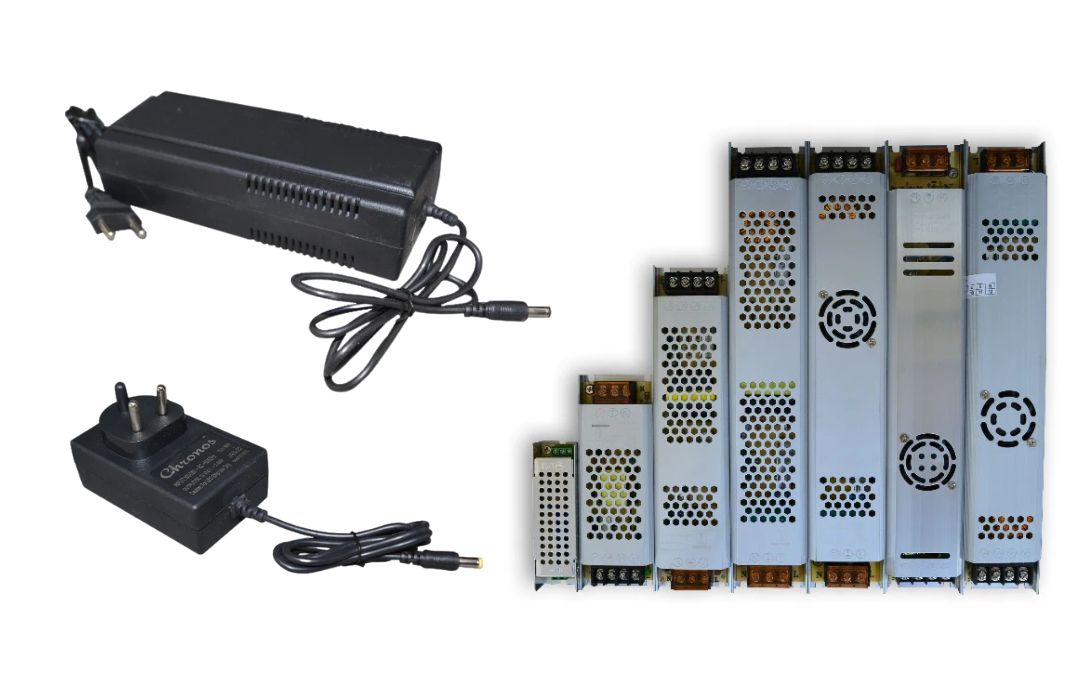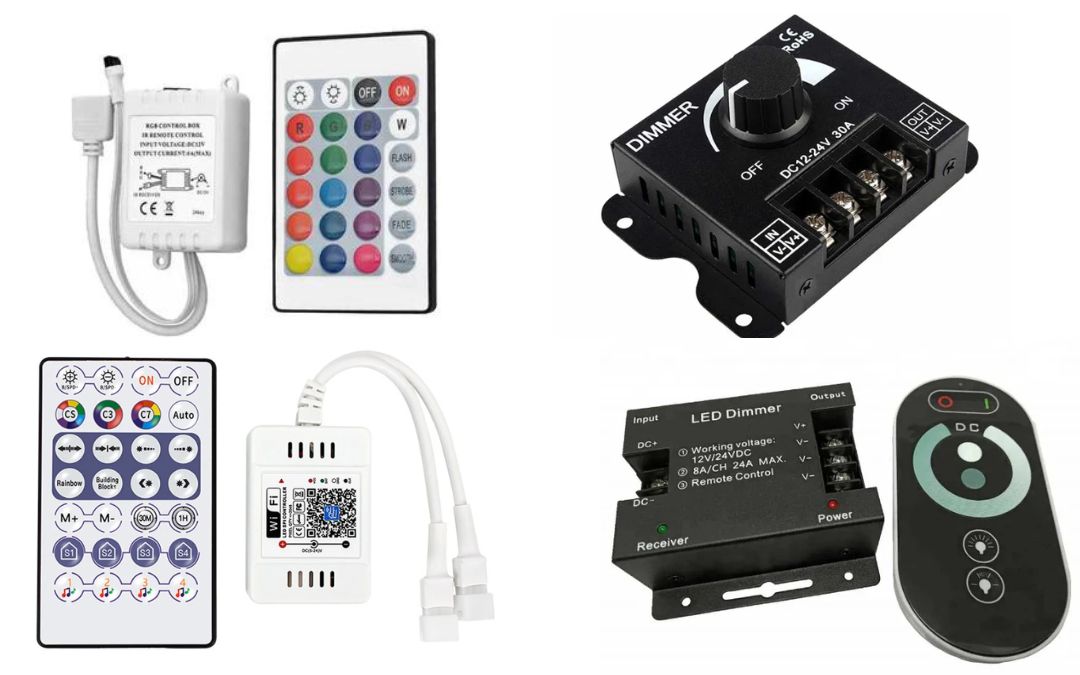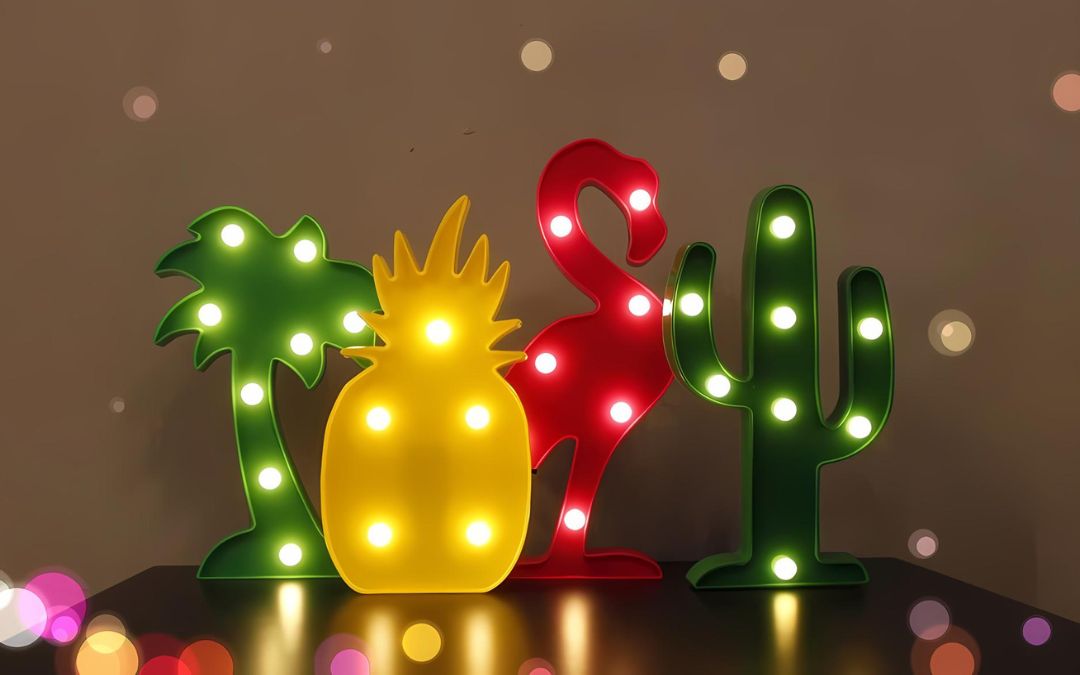7 Things You Need to Know Before You Buy and Install LED Strip Lights
Table of Contents
1. Introduction
LED strip lights have revolutionized modern lighting with their flexibility, energy efficiency, and stylish appeal. Whether you want to light up your bedroom, add under-cabinet lighting, or create a vibrant party atmosphere, LED strip lights are the perfect choice.
However, before you buy and install LED strips, there are a few critical factors to consider to ensure you get the best performance and longevity from your investment.
Let’s dive into the 7 key things you need to know before purchasing LED strip lights.
2. Choose the Right LED Type
Not all LED strip lights are the same. The type of LED chips used in the strip affects brightness, efficiency, and functionality.
🔹 SMD 2835 – Best for soft accent lighting and low-power applications.
🔹 SMD 3528 – Good for decorative lighting with moderate brightness.
🔹 SMD 5050 – Brighter than 3528, suitable for general room lighting.
🔹 SMD 5630/5730 – Ultra-bright, ideal for task lighting and commercial spaces.
Tip: If you want a brighter, high-output light, go for SMD 5050 or SMD 5630 LEDs.
3. Understanding Brightness & Lumens
LED strip brightness is measured in lumens per meter (lm/m).
-
Low brightness (300-500 lm/m) – Ideal for decorative and ambient lighting.
-
Medium brightness (600-900 lm/m) – Perfect for general home lighting.
-
High brightness (1000+ lm/m) – Best for task lighting or commercial use.
More LEDs per meter (like 120 LEDs/m or 180 LEDs/m) provide a brighter and more uniform glow compared to 30 or 60 LEDs/m.
✔ Pro Tip: If you want bright illumination, go for 120 LEDs/m or higher.
4. Selecting the Right Color Temperature
Color temperature defines the look and feel of your lighting.
🔸 Warm White (2700K-3000K) – Cozy and comfortable for bedrooms, living rooms, and cafes.
🔸 Natural White (4000K-4500K) – Balanced lighting, suitable for kitchens and offices.
🔸 Cool White (6000K-6500K) – Bright, crisp lighting for workspaces, garages, and commercial areas.
🔹 RGB LED Strips – Allow color-changing effects via remote or app control.
🔹 RGBW LED Strips – Includes an additional white LED for better brightness control.
💡 Choosing the right temperature enhances the mood and functionality of your space.
5. Power Supply & Voltage Considerations
LED strips run on low-voltage DC power, typically 12V or 24V.
✅ 12V LED Strips – Common for home use and shorter runs.
✅ 24V LED Strips – Ideal for longer strips (5m or more) to avoid voltage drop.
✅ 5V USB LED Strips – Great for TV backlighting and small projects.
Why is this important?
-
Using an incorrect power adapter may cause overheating, flickering, or damage to the LEDs.
-
Always buy a high-quality LED driver or power supply for stable performance.
✔ Pro Tip: Calculate the total wattage required before purchasing a power supply.
6. Waterproof vs. Non-Waterproof LED Strips
LED strips come with different IP ratings, indicating their resistance to dust and water.
💧 IP20 – Non-Waterproof: Best for indoor areas like bedrooms, ceilings, and cabinets.
🌦 IP65 – Water-Resistant: Suitable for bathrooms and kitchens where moisture is present.
🌊 IP67/IP68 – Waterproof: Perfect for outdoor, patios, gardens, and underwater applications.
Tip: If you need LED strips for outdoor lighting, go for at least IP65-rated LED strips.
7. Installation & Adhesion
Installing LED strips is easy, but proper surface preparation is crucial for long-lasting adhesion.
🔹 Self-Adhesive Backing: Most LED strips come with a pre-applied adhesive for easy installation.
🔹 Aluminum Channels: Helps with heat dissipation and provides a professional finish.
🔹 Cuttable & Extendable: LED strips can be cut at marked points for customization.
Installation Steps:
1️⃣ Measure & Cut: Determine the length you need.
2️⃣ Clean the Surface: Ensure the surface is dry and dust-free before applying the LED strip.
3️⃣ Peel & Stick: Apply the strip carefully and press firmly.
4️⃣ Connect to Power: Attach the LED driver or power adapter.
✔ Pro Tip: Use 3M double-sided tape or mounting clips for better adhesion in humid environments.
8. Smart Control & Dimming Options
Want to control your LED strips using a remote or smartphone? Here are some options:
📱 Remote-Controlled Strips: Adjust brightness and colors with an IR or RF remote.
🎶 Music-Sync LED Strips: Change colors based on sound or music beats.
🌐 Smart WiFi/Bluetooth LED Strips: Controlled via mobile apps like Alexa or Google Assistant.
🔆 Dimmable LED Strips: Compatible with a dimmer switch for brightness control.
✔ Pro Tip: If you want smart home integration, go for WiFi or Bluetooth-enabled LED strips.
9. Final Thoughts
Buying and installing LED strip lights can transform your space, but making the right choice is crucial.
🔥 Key Takeaways:
✅ Choose the right LED type and brightness level.
✅ Select the correct color temperature based on your needs.
✅ Check voltage compatibility and power requirements.
✅ Opt for waterproof LED strips if using outdoors.
✅ Ensure proper installation and adhesion for long-lasting performance.
✅ Explore smart controls and dimmable options for added convenience.
🚀 Ready to Buy High-Quality LED Strip Lights?
Check out Chronos Lights for premium Made-in-India LED Strip Lights designed for homes, businesses, and festive decorations.
💡 Upgrade your lighting today and experience the power of LED technology!


